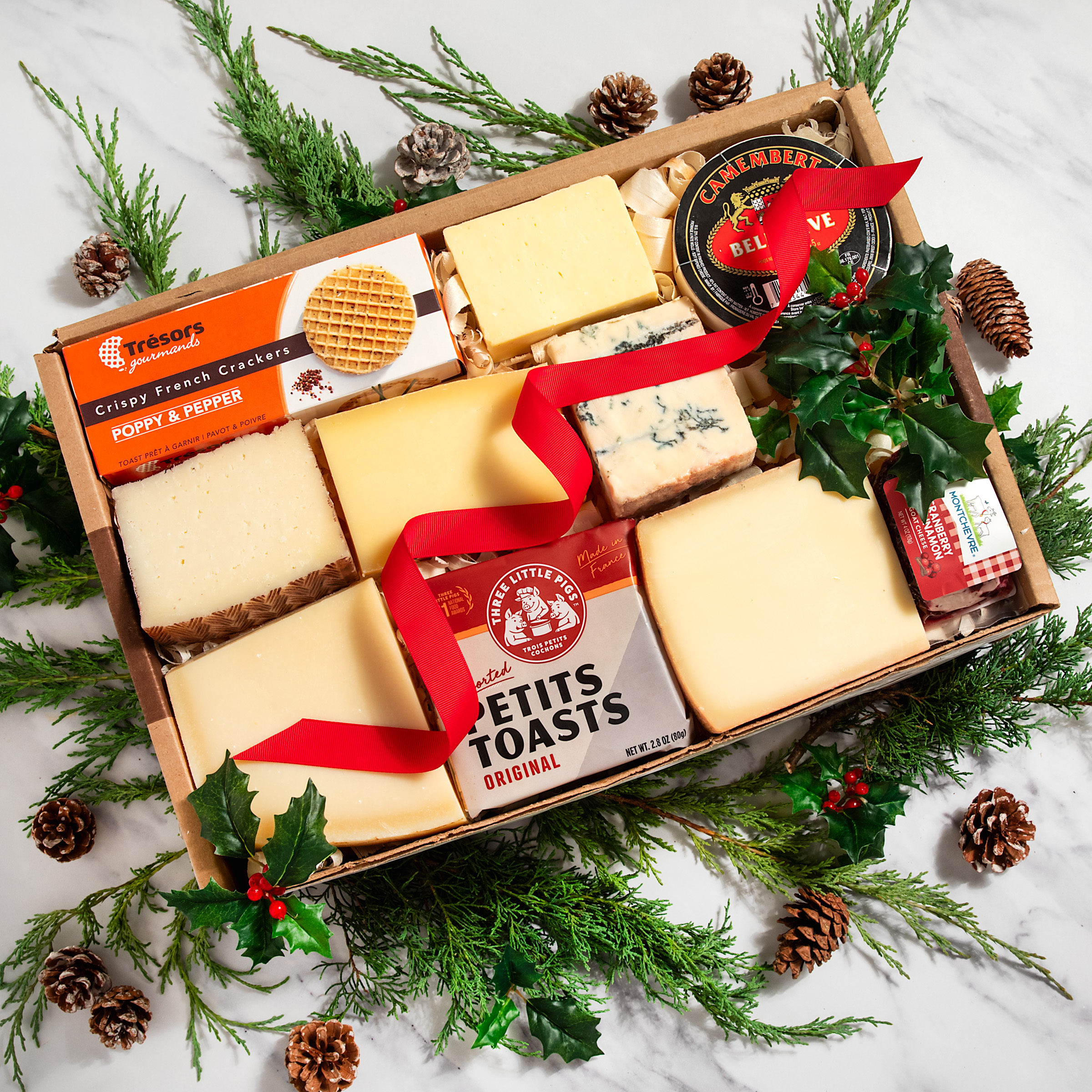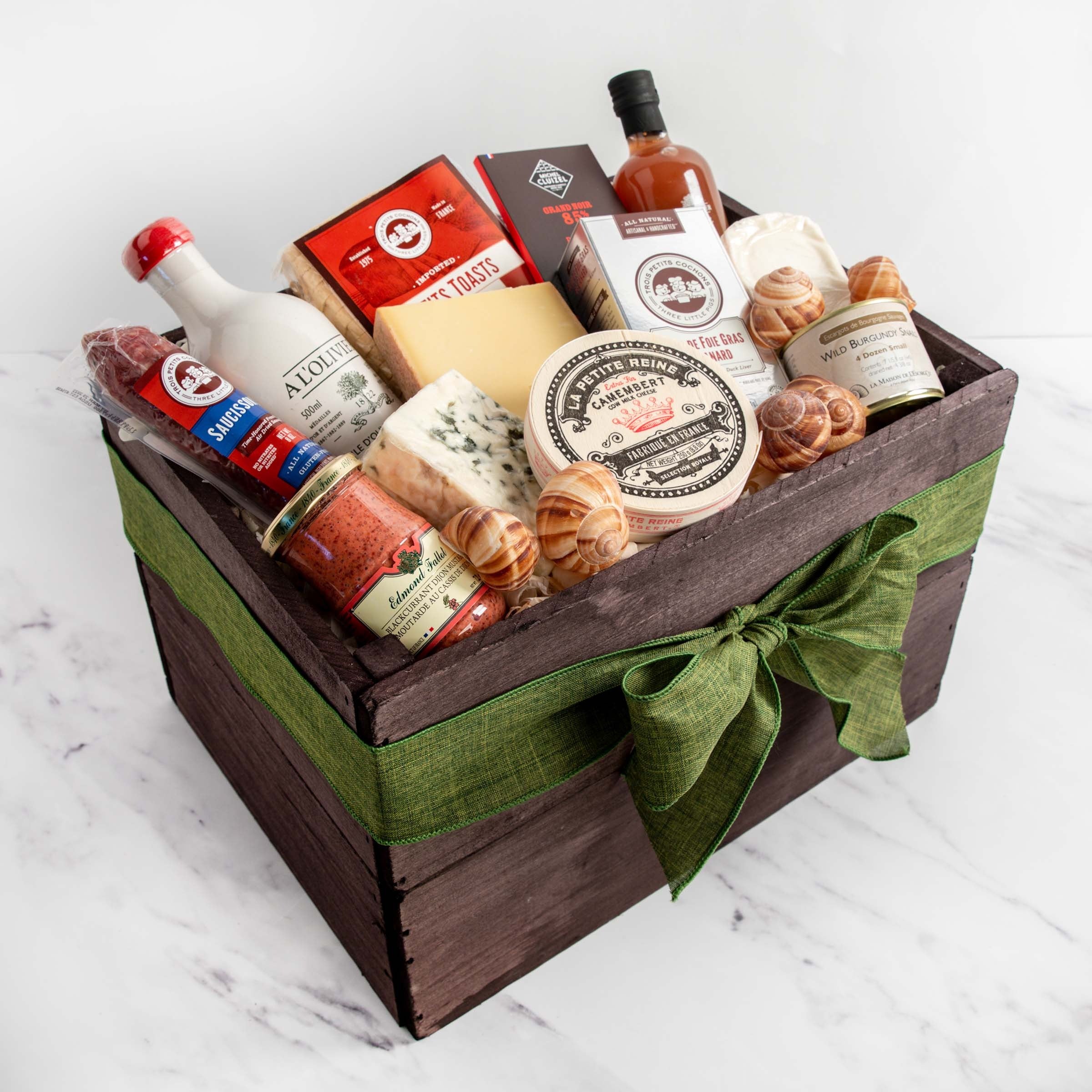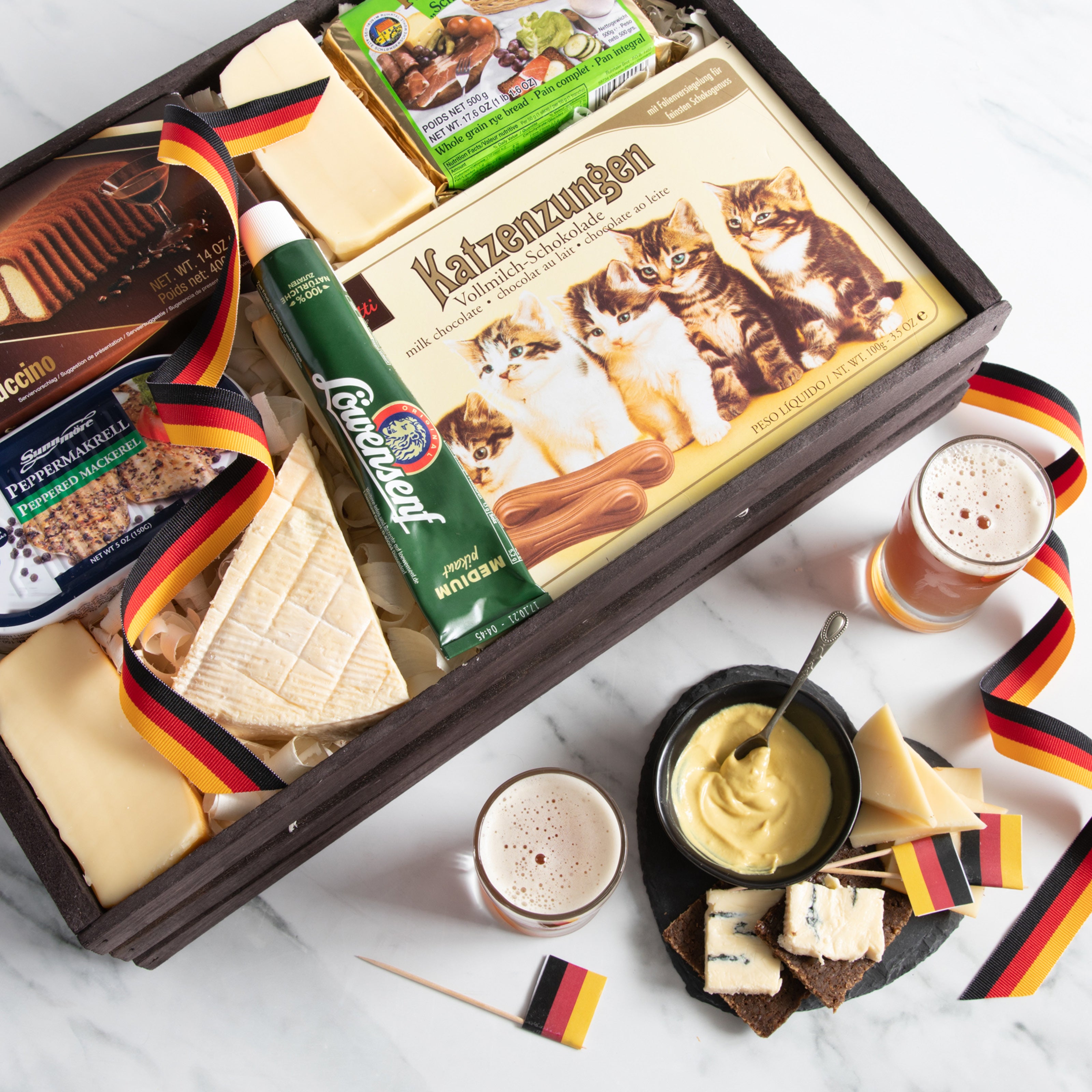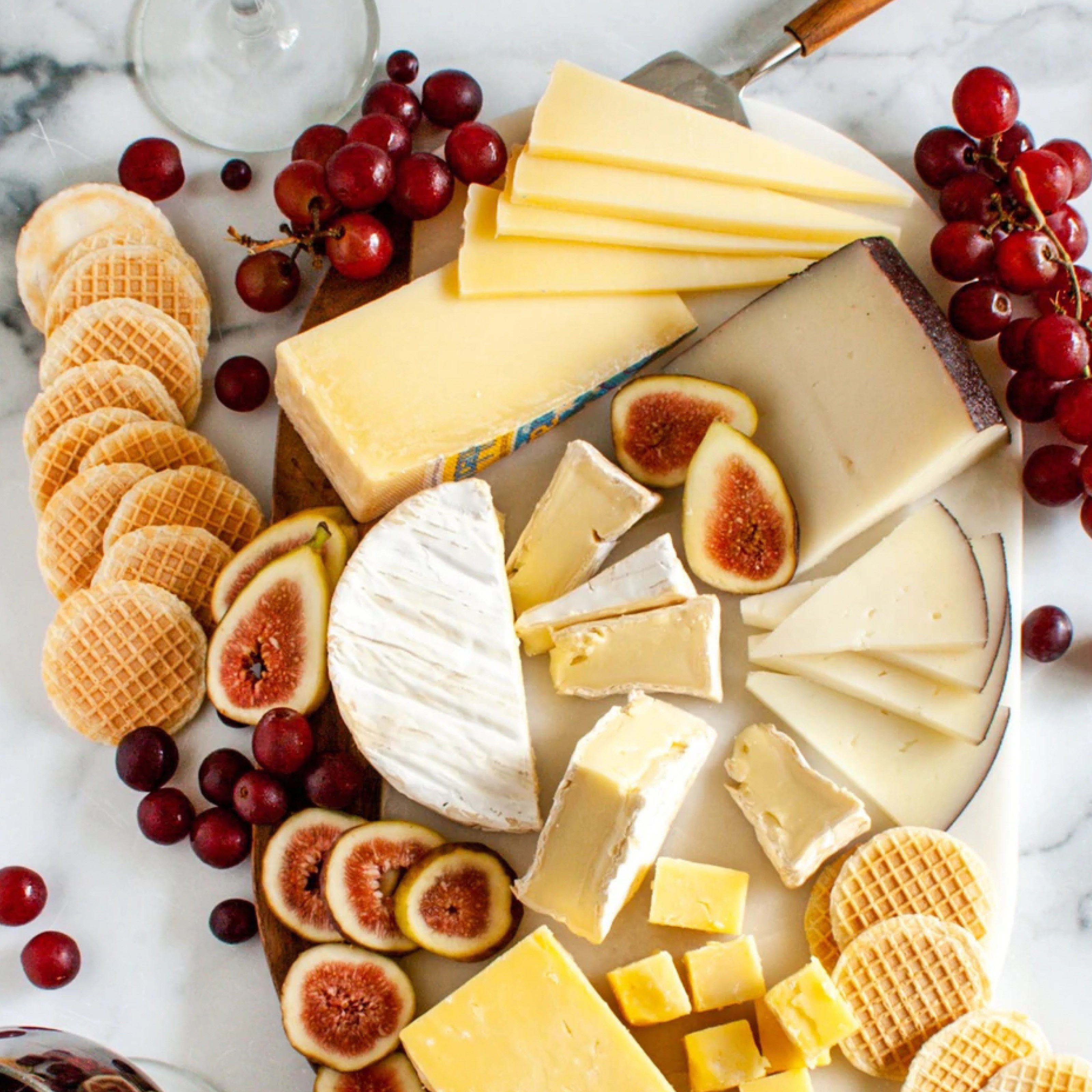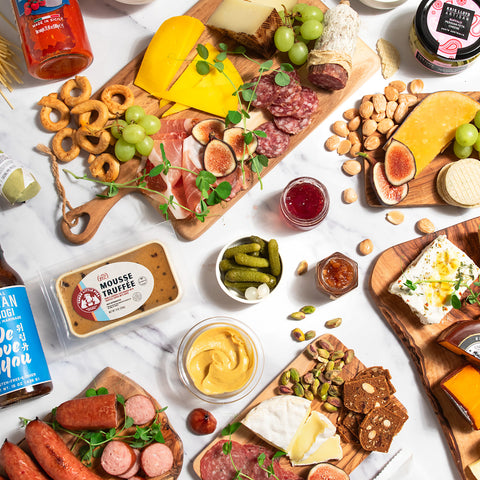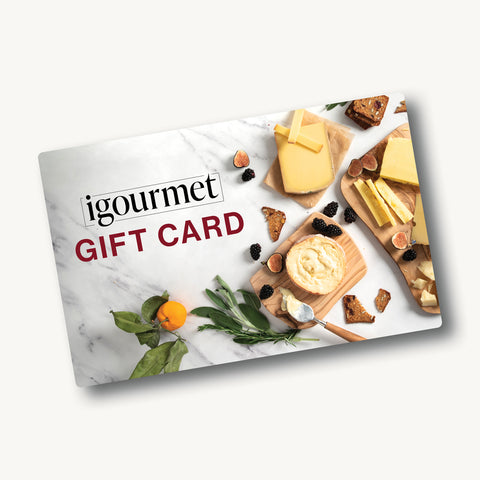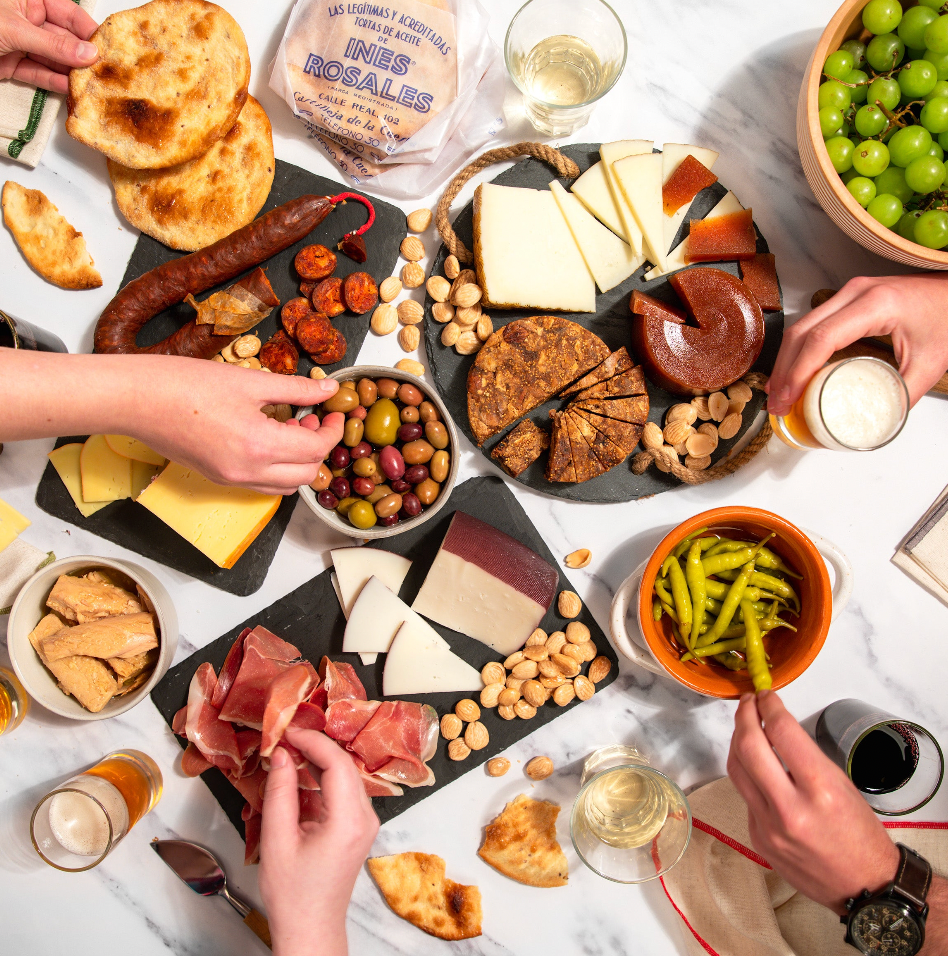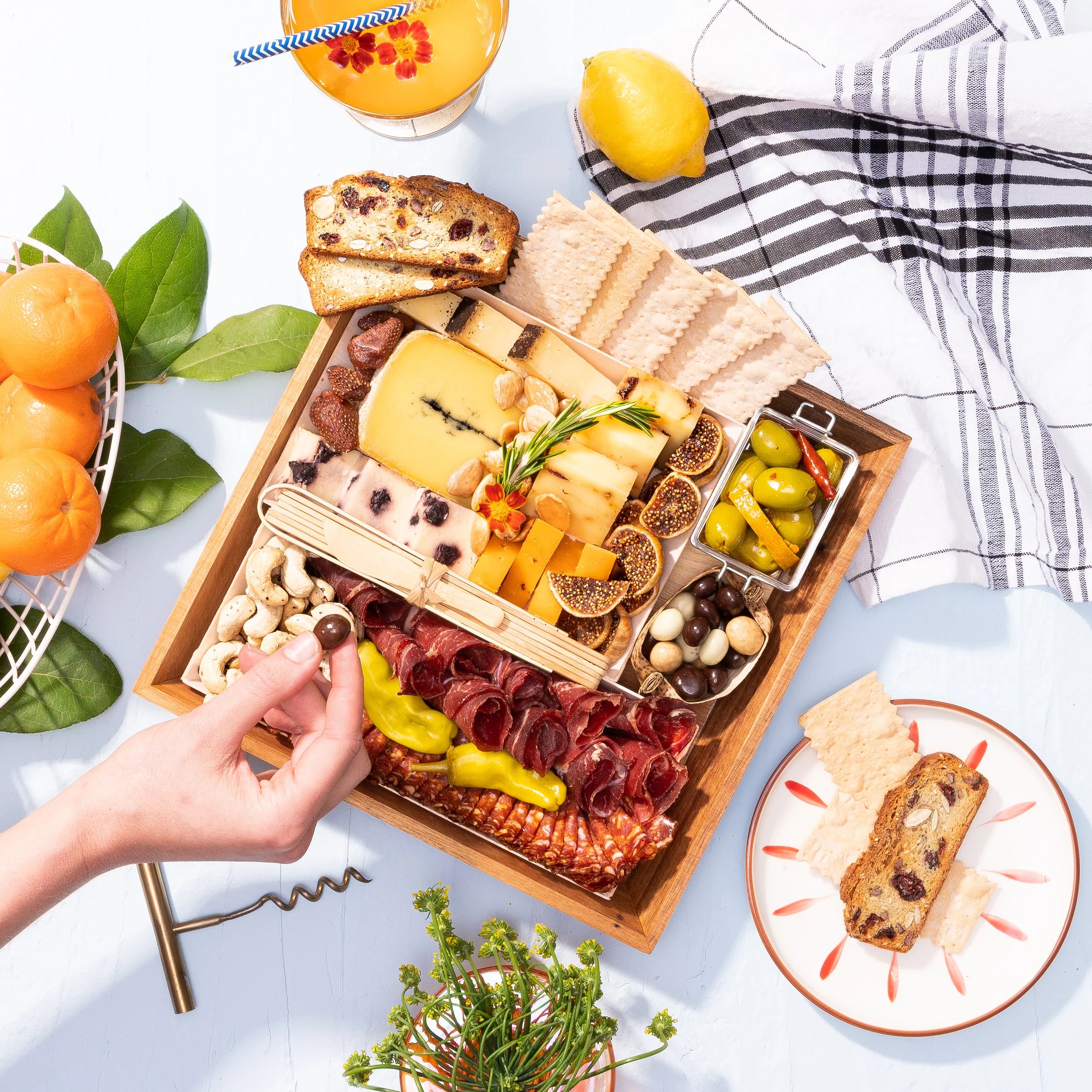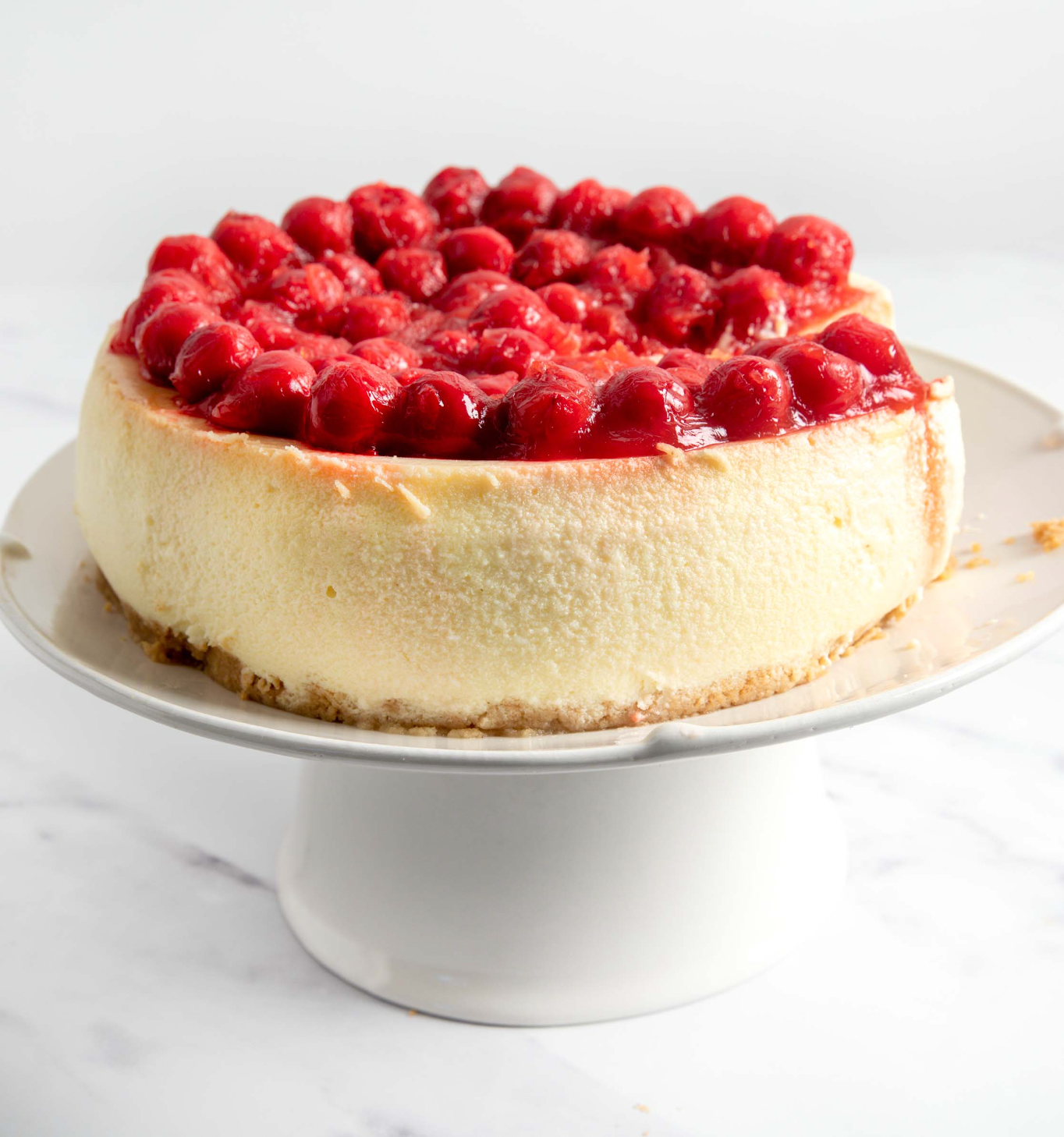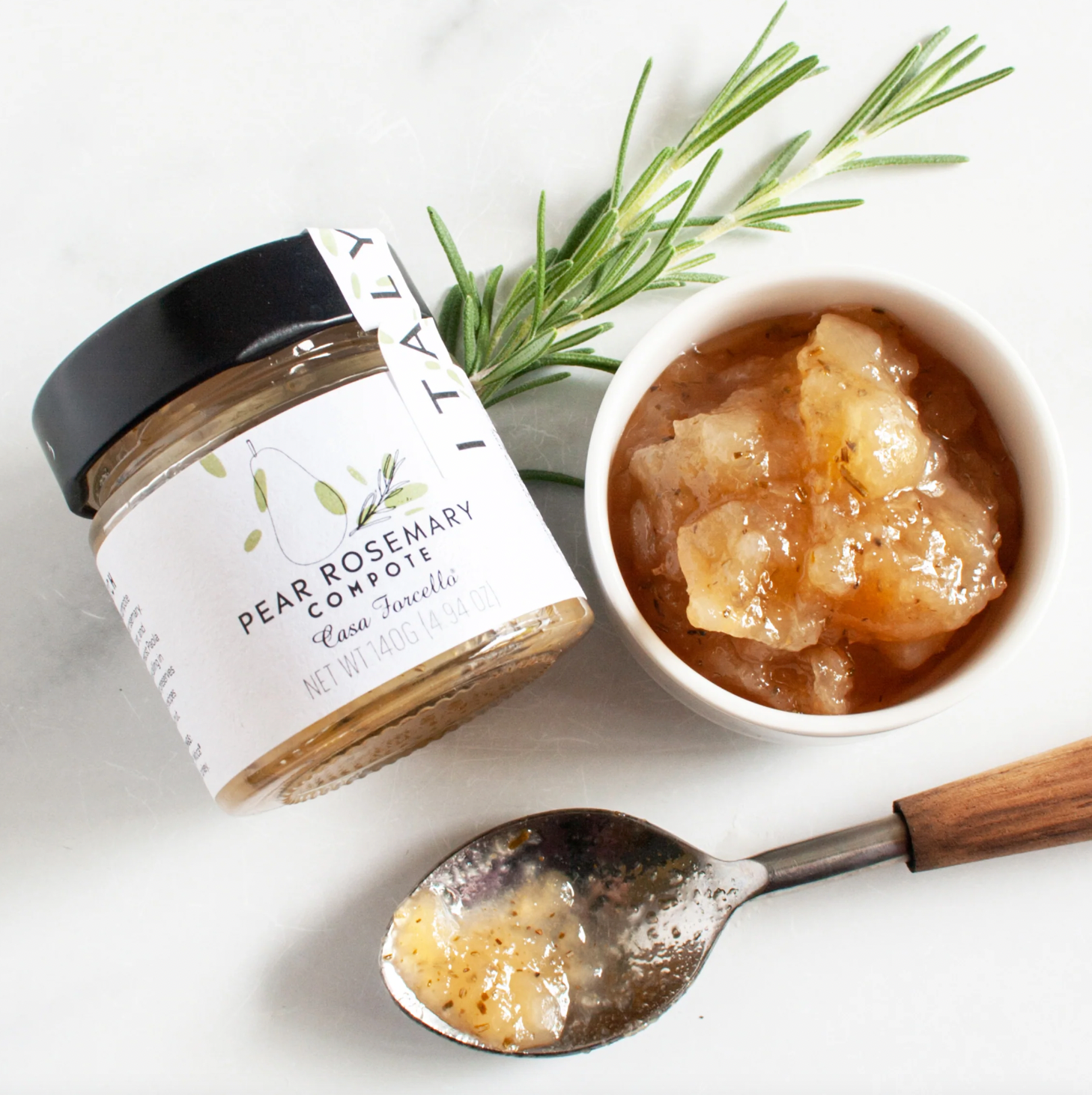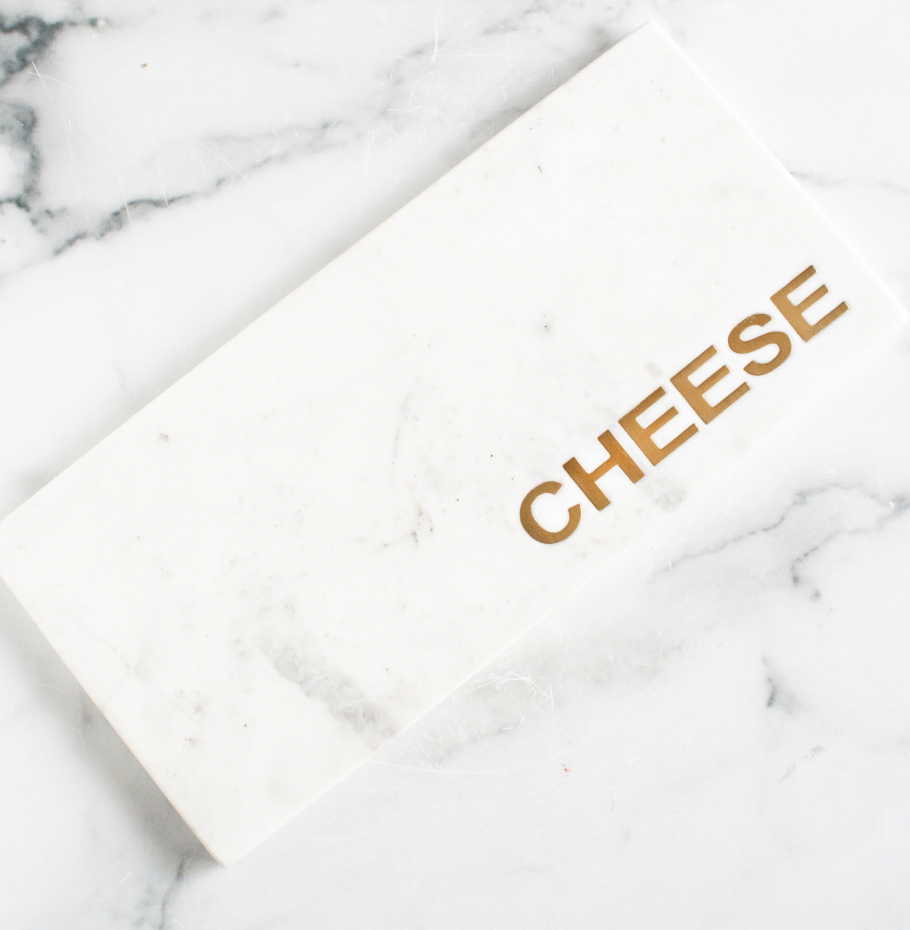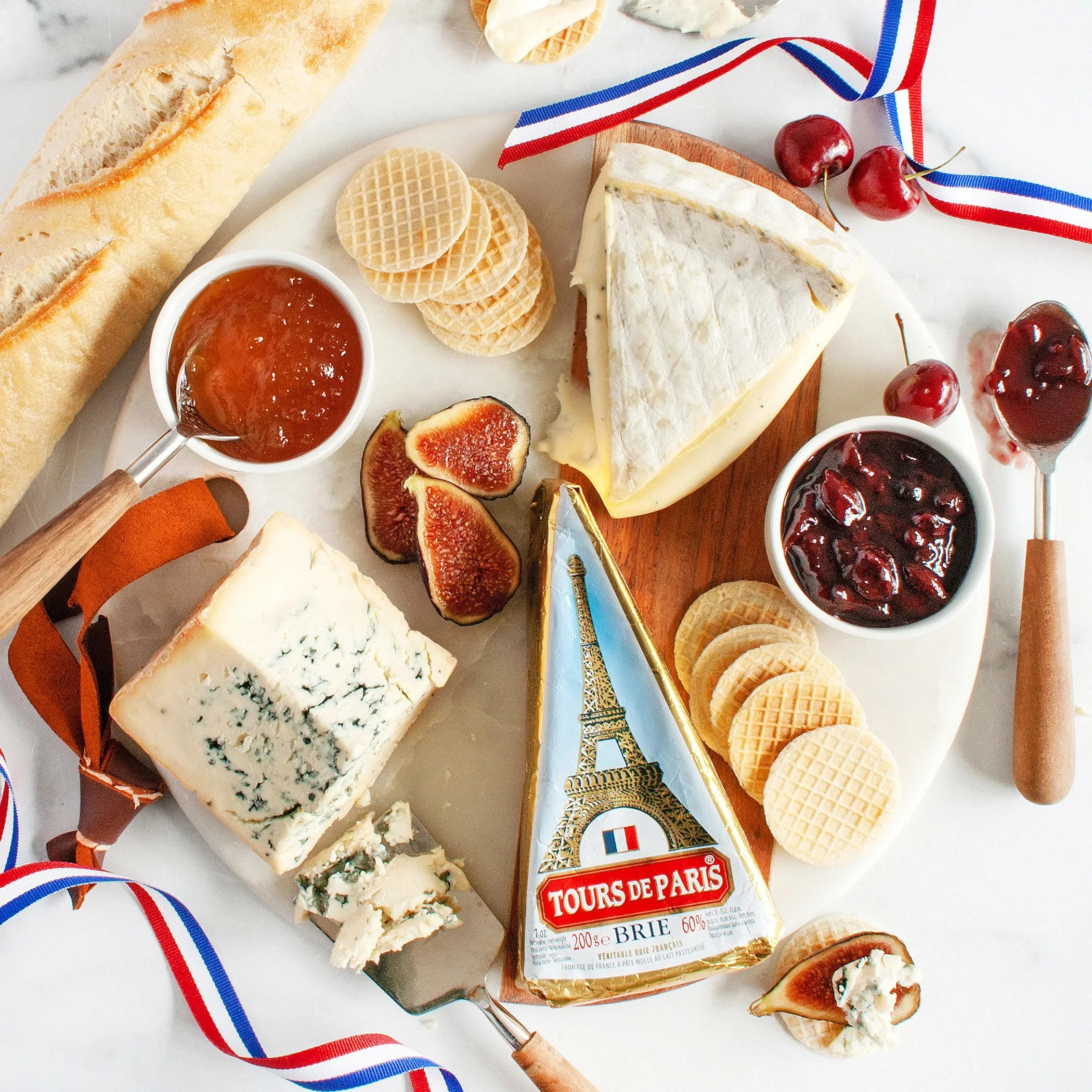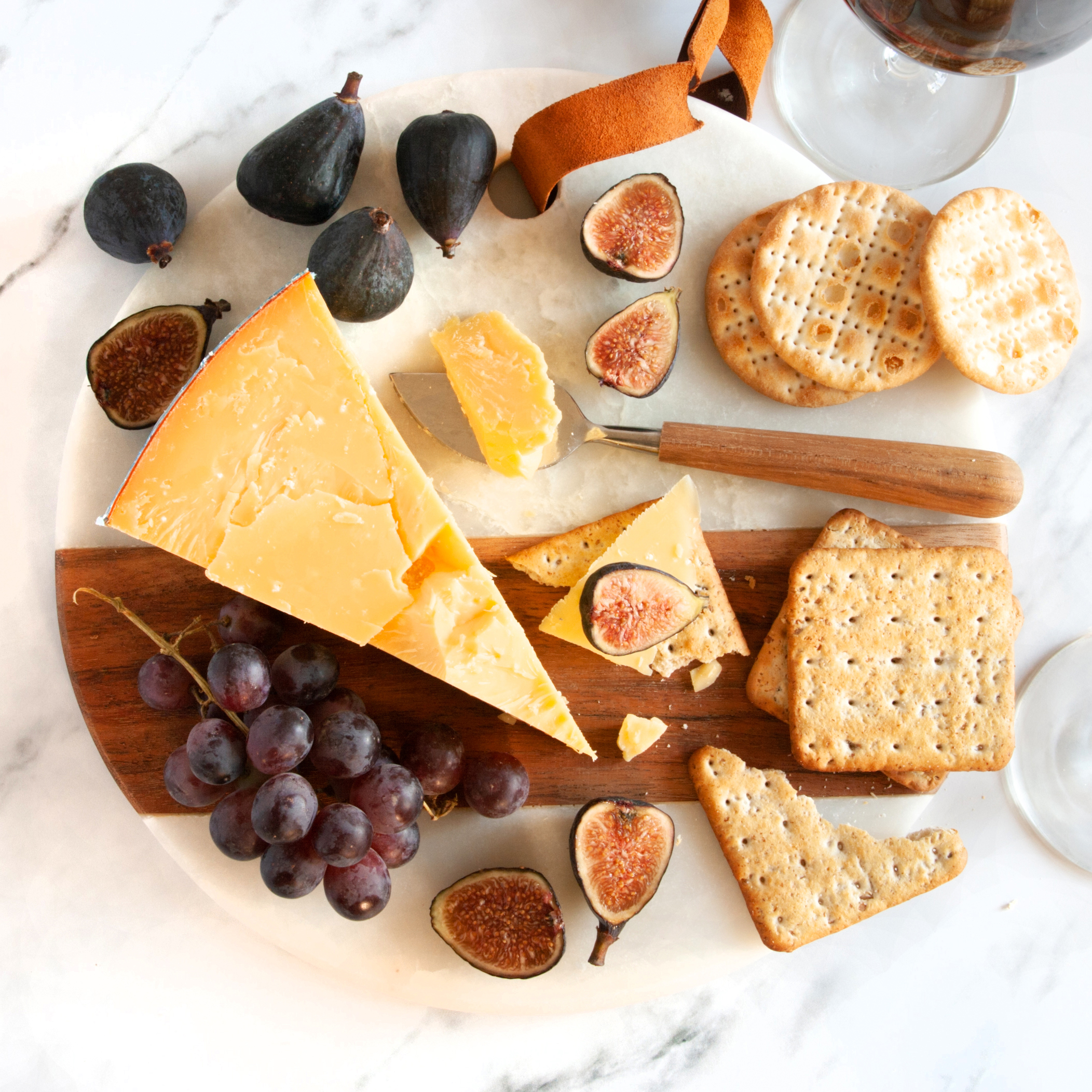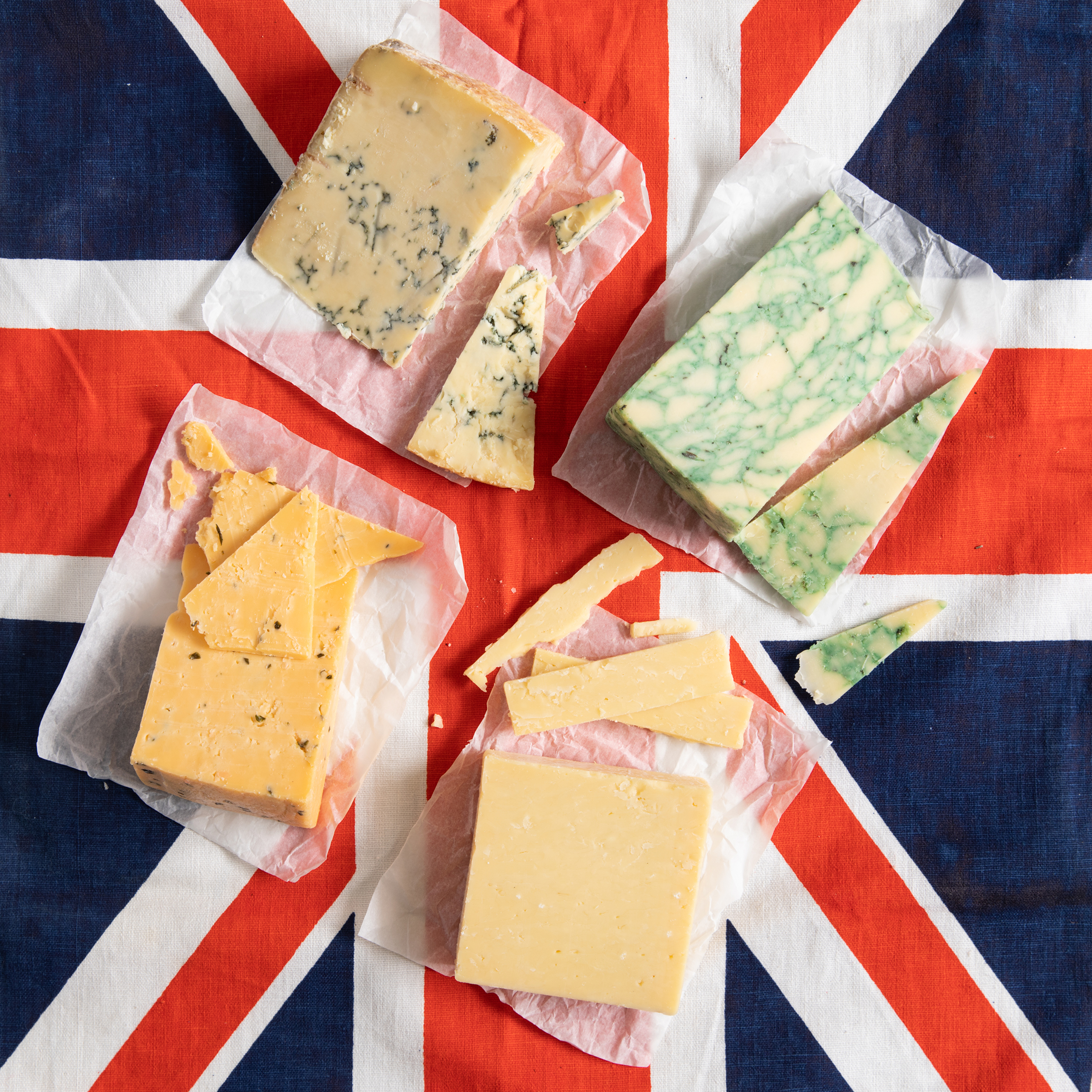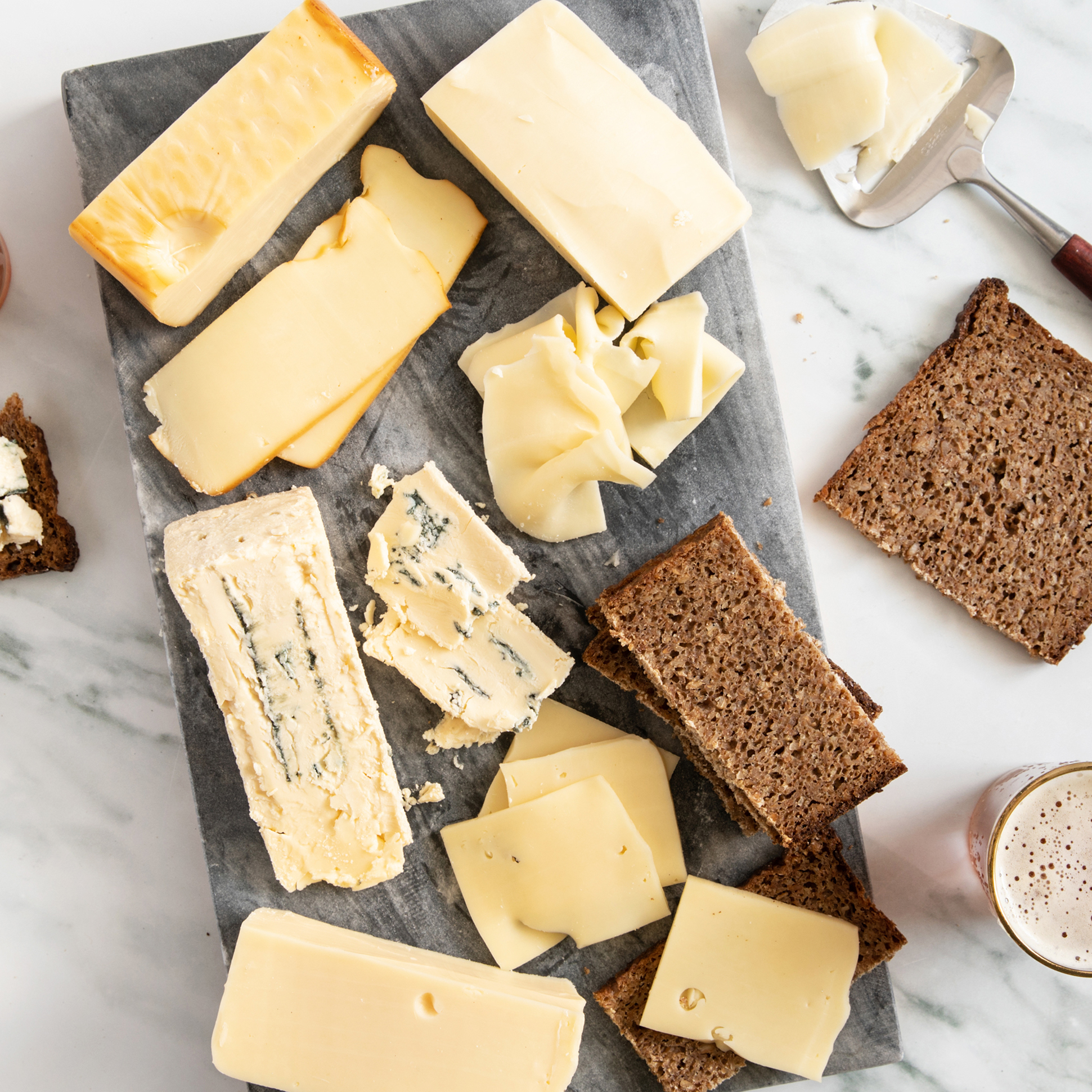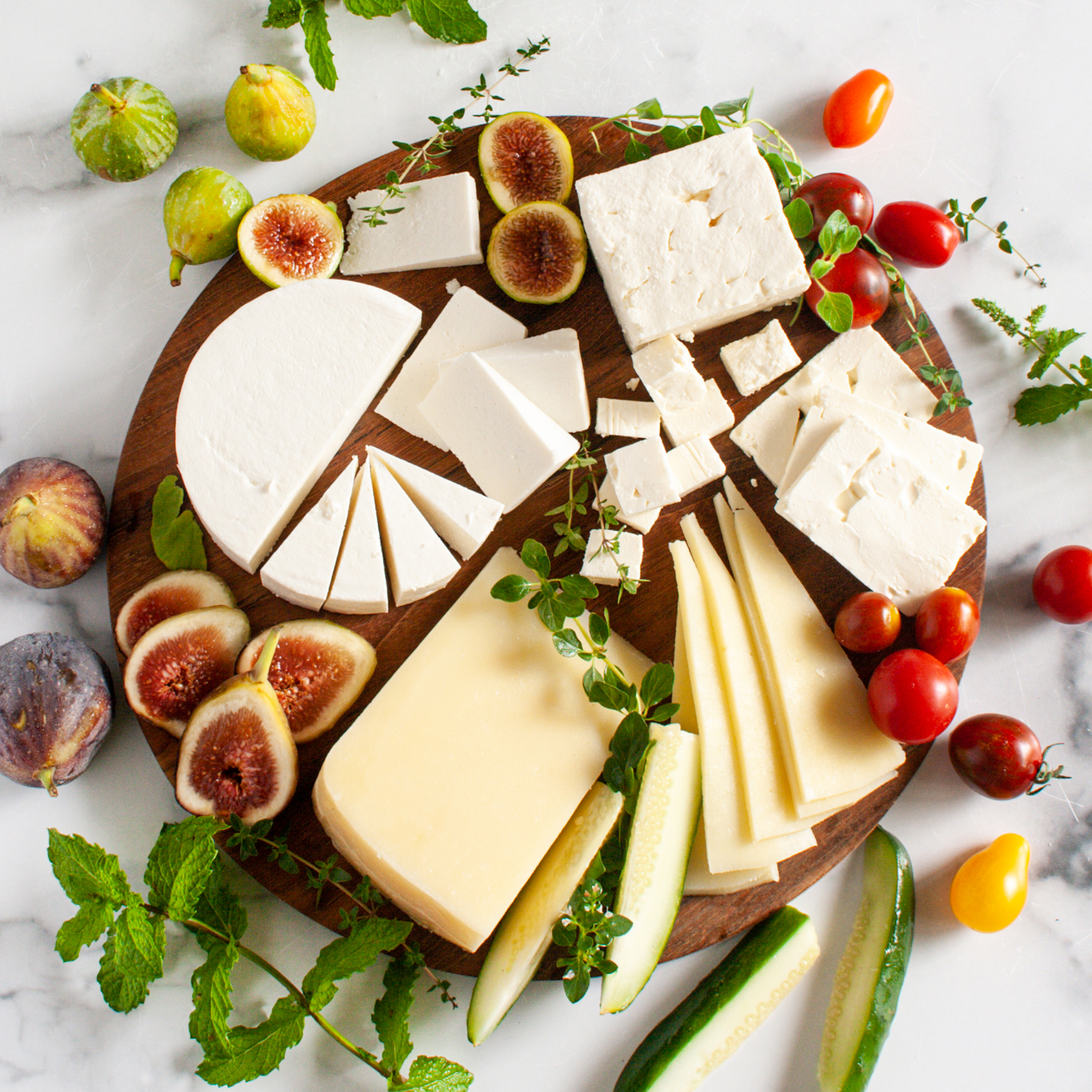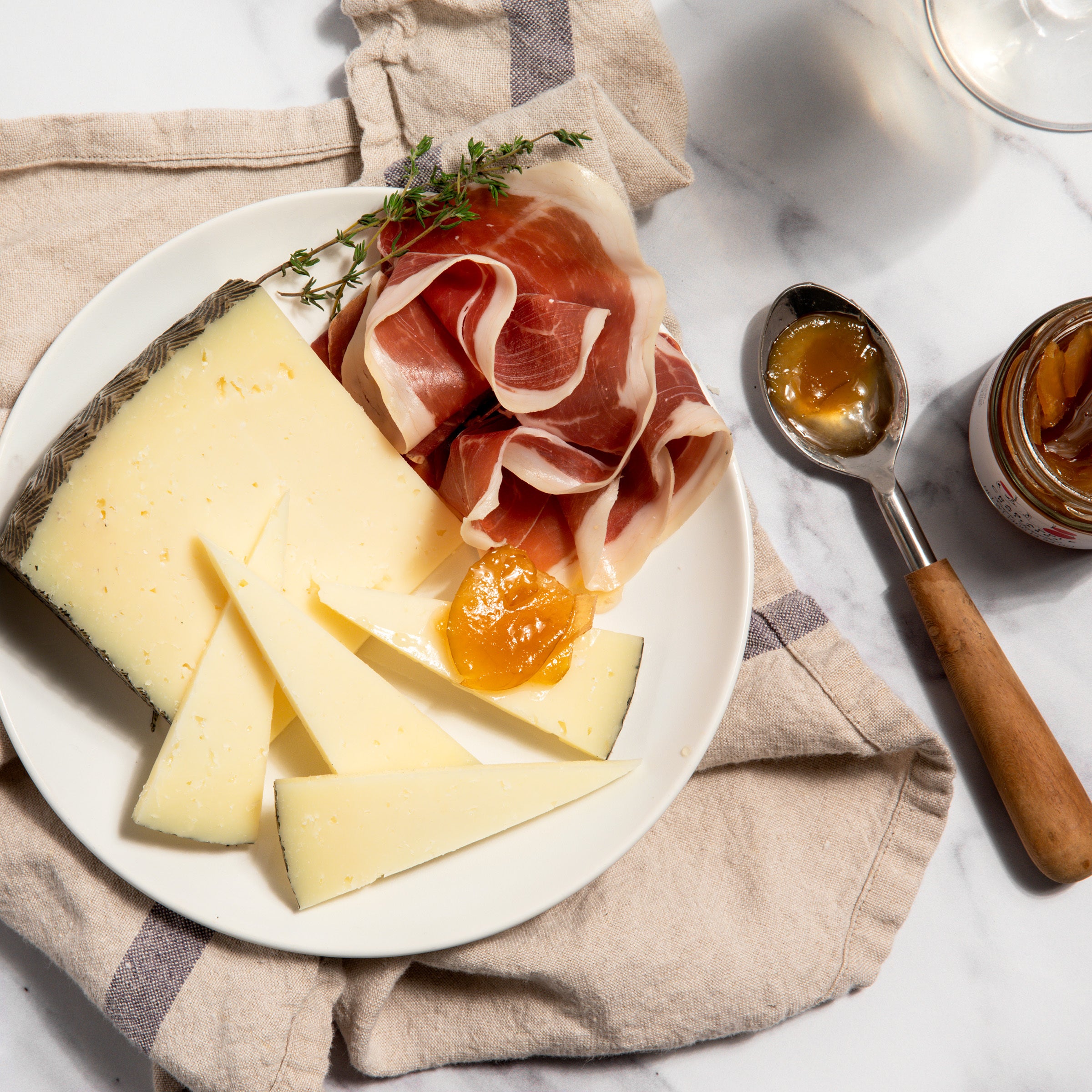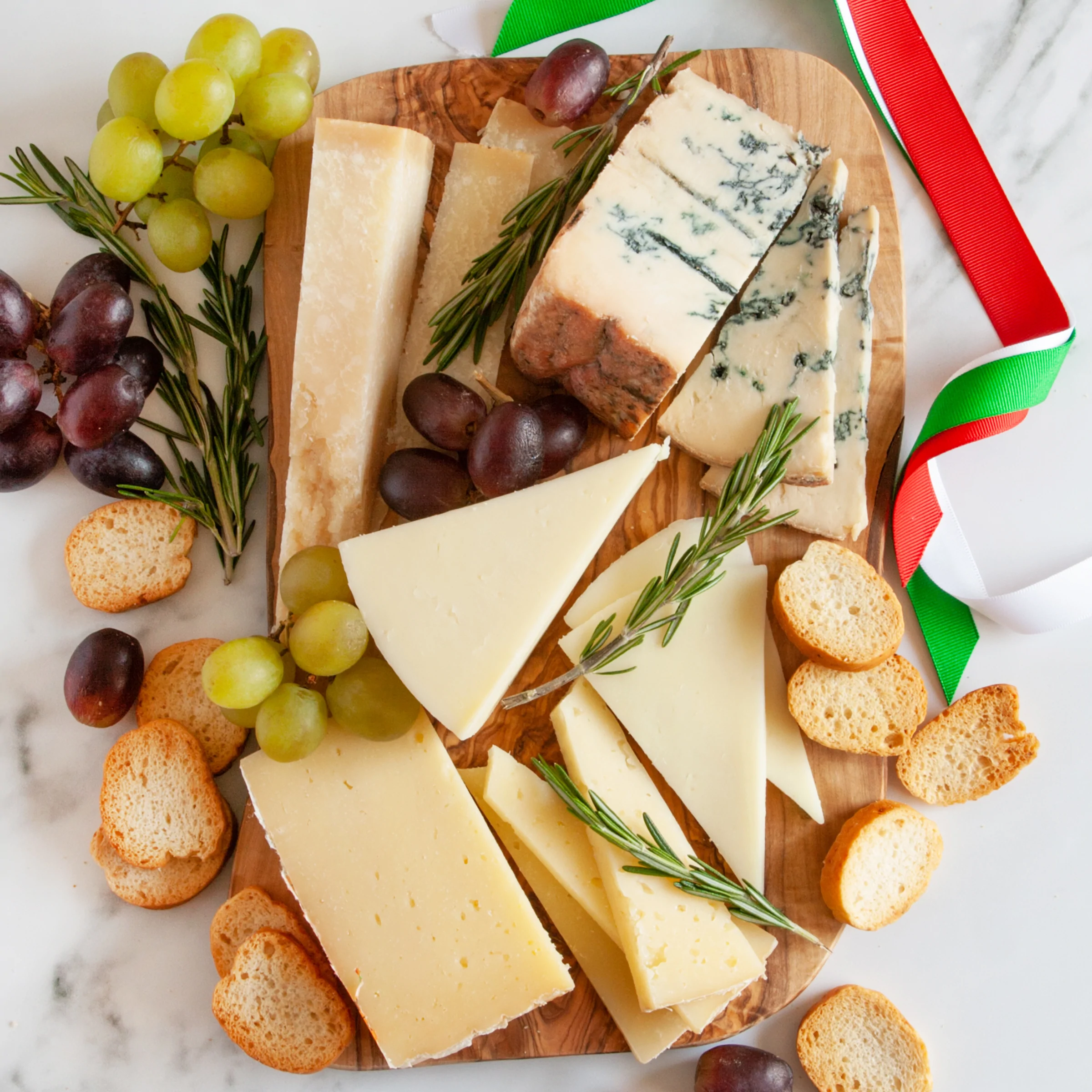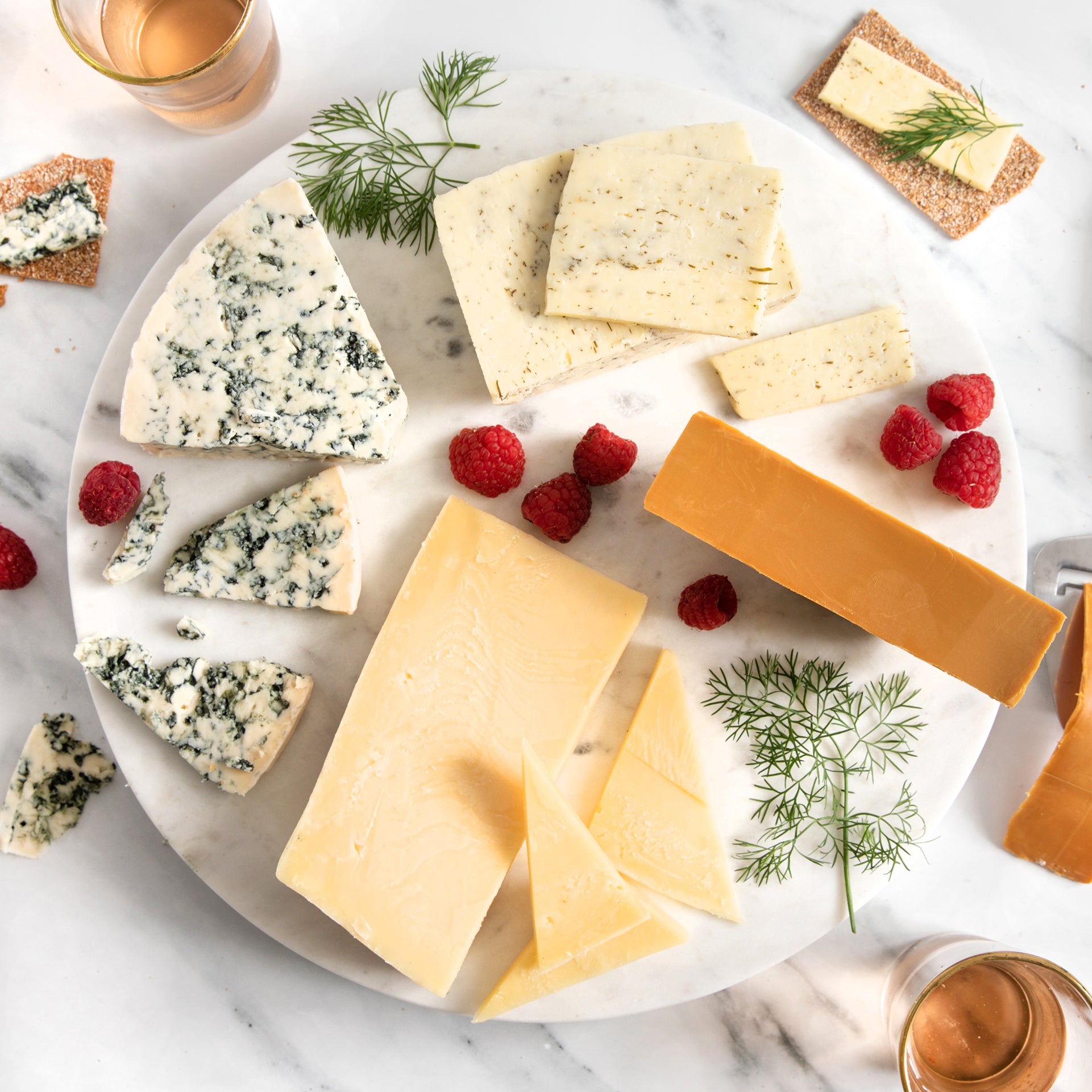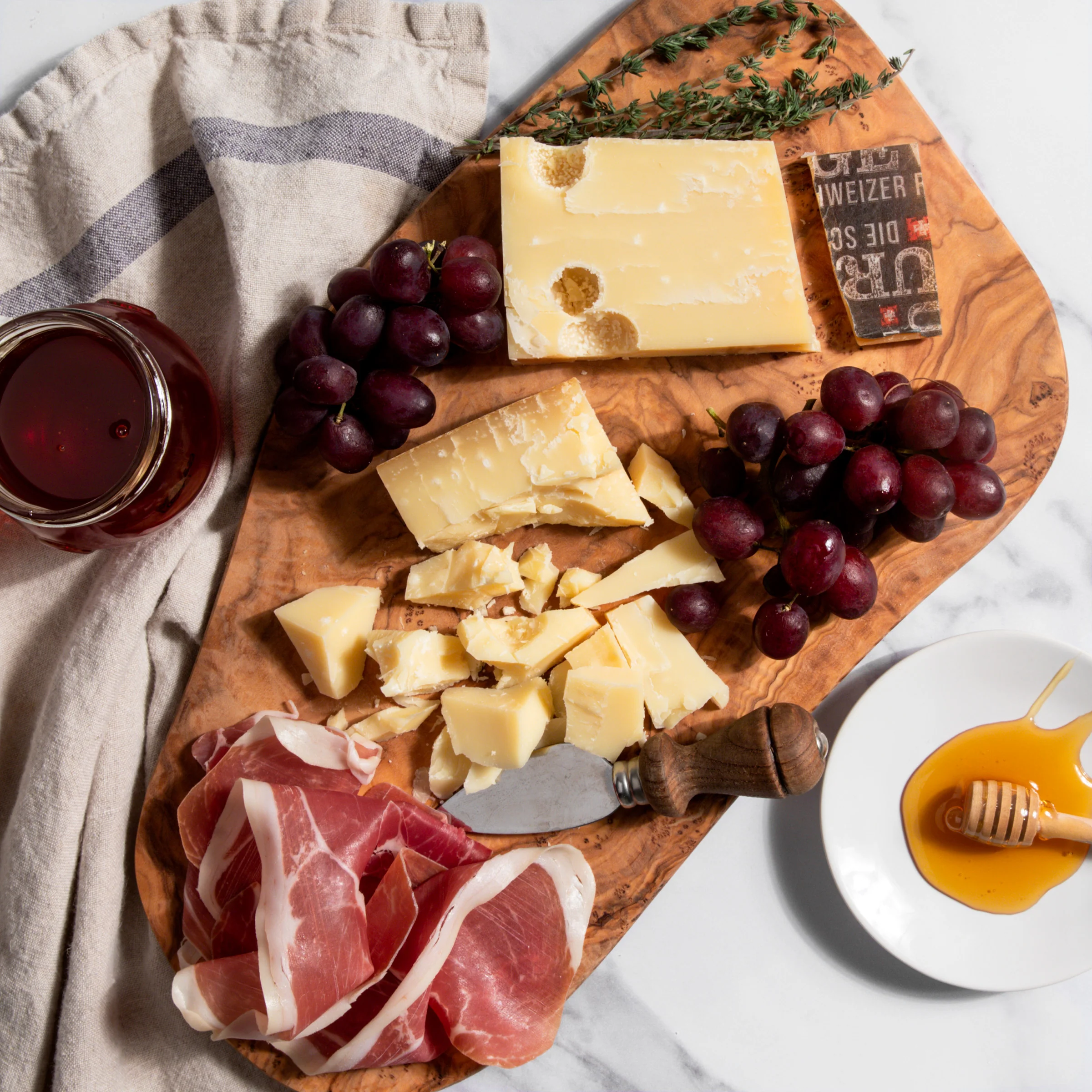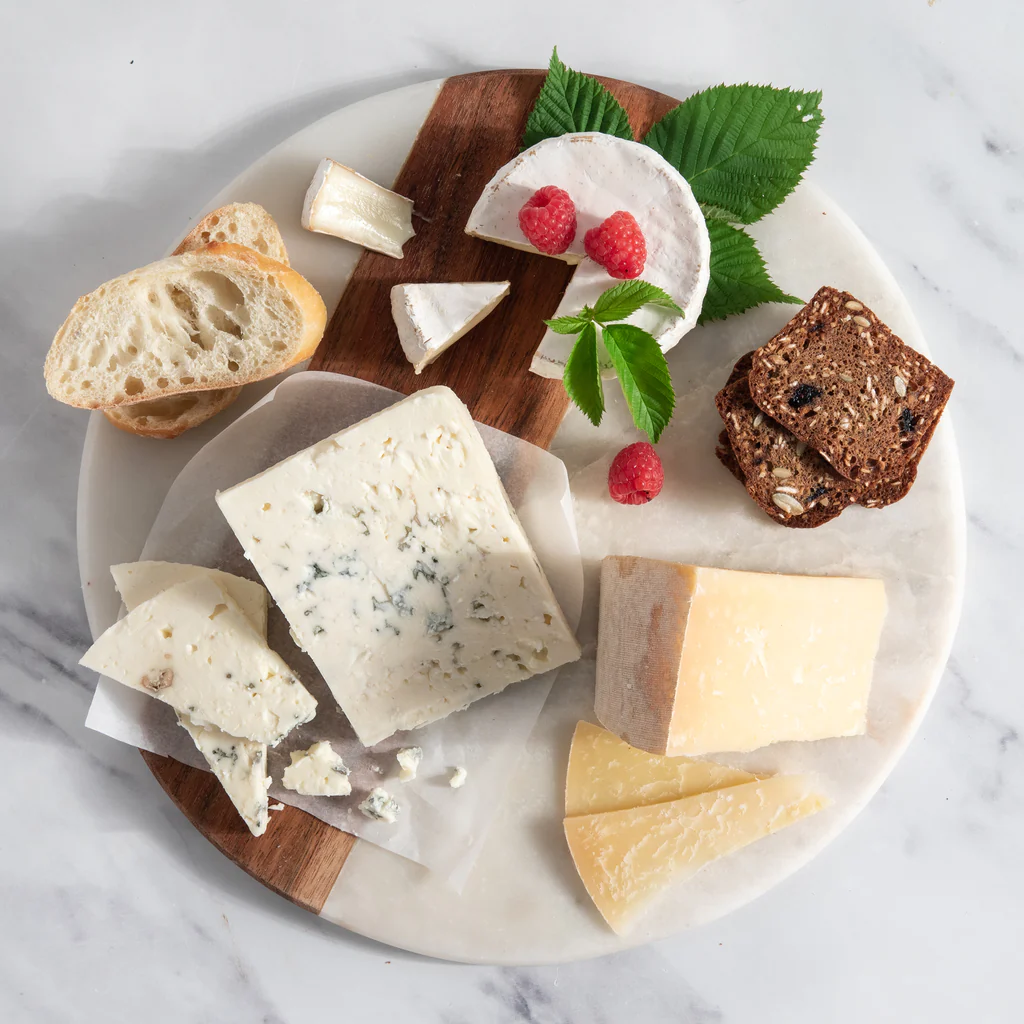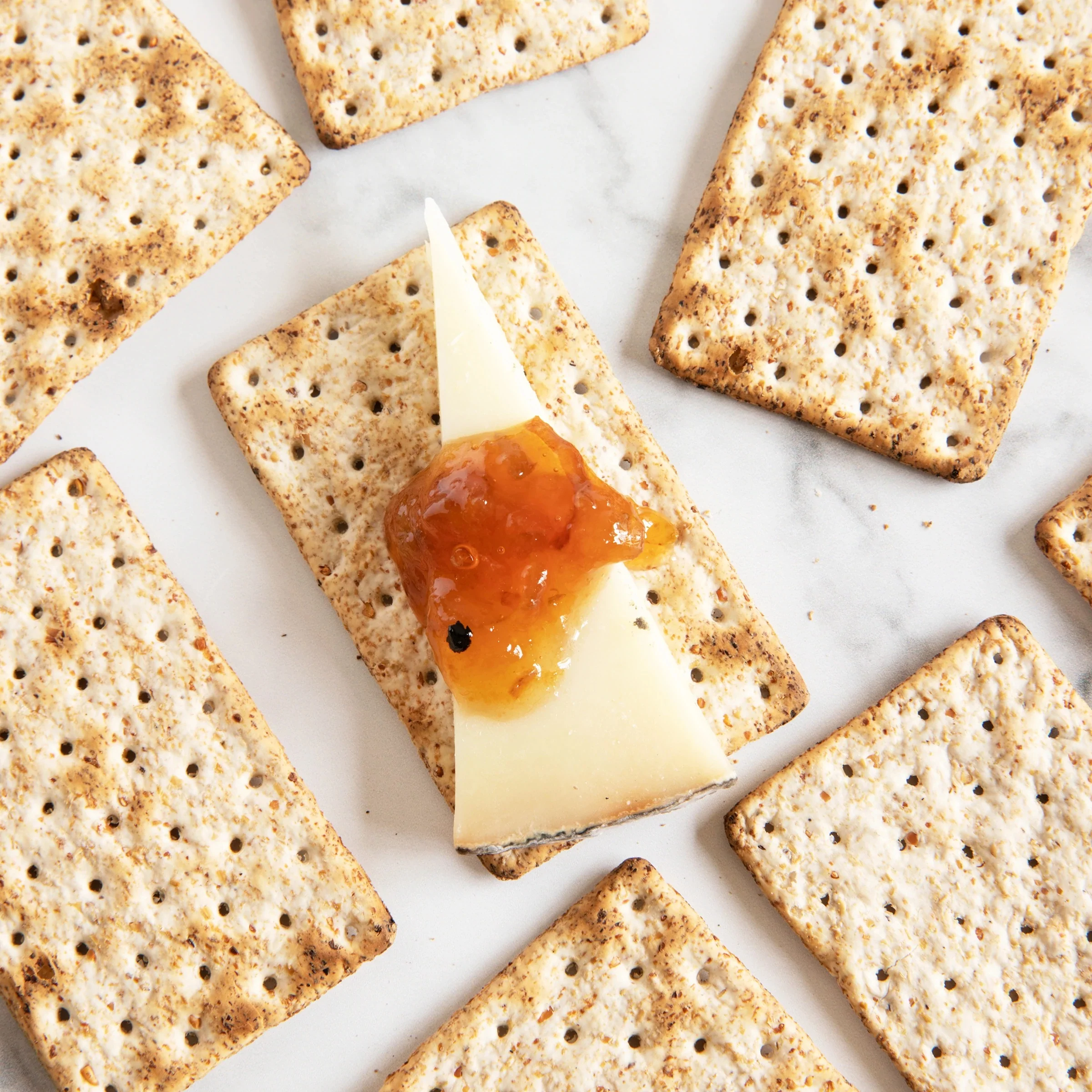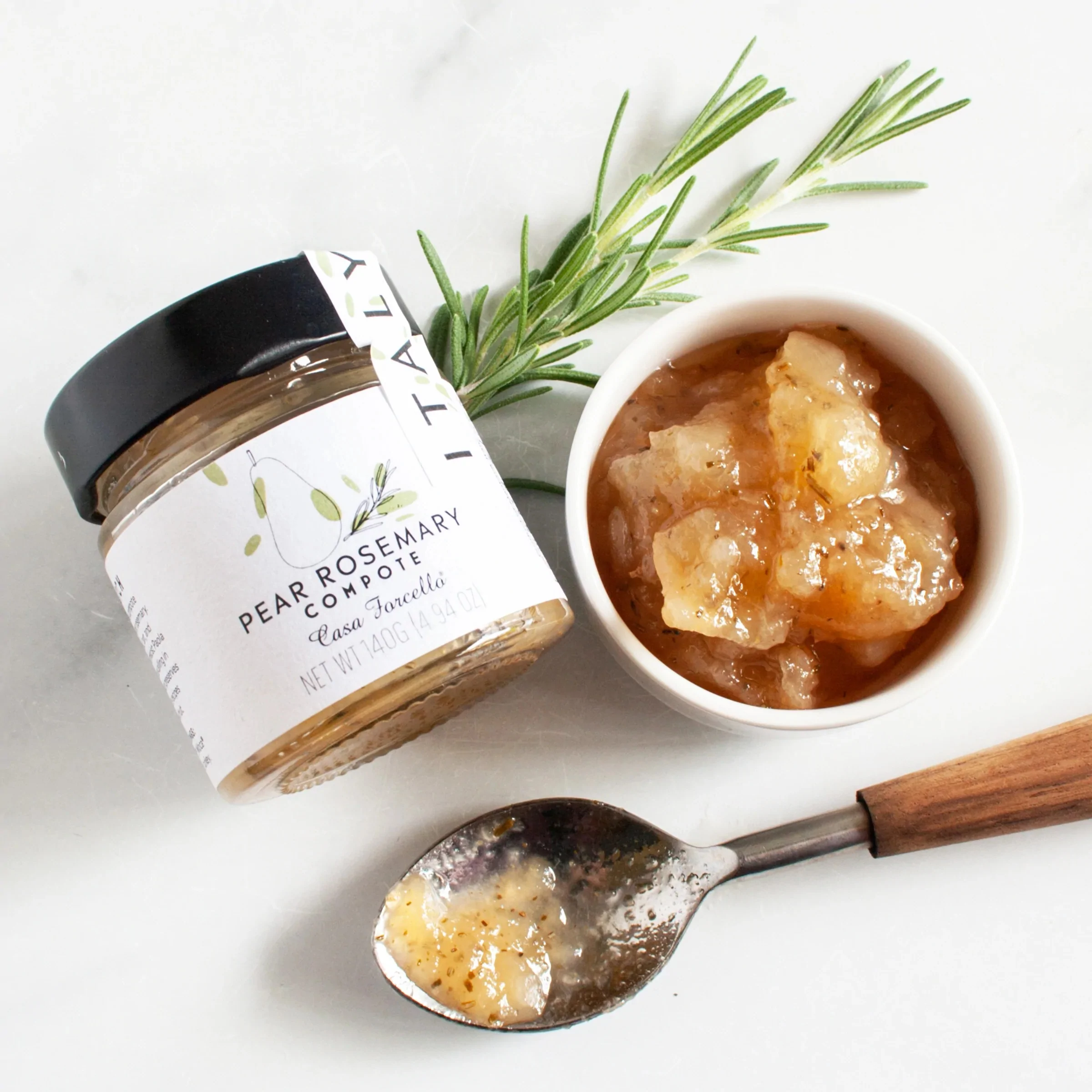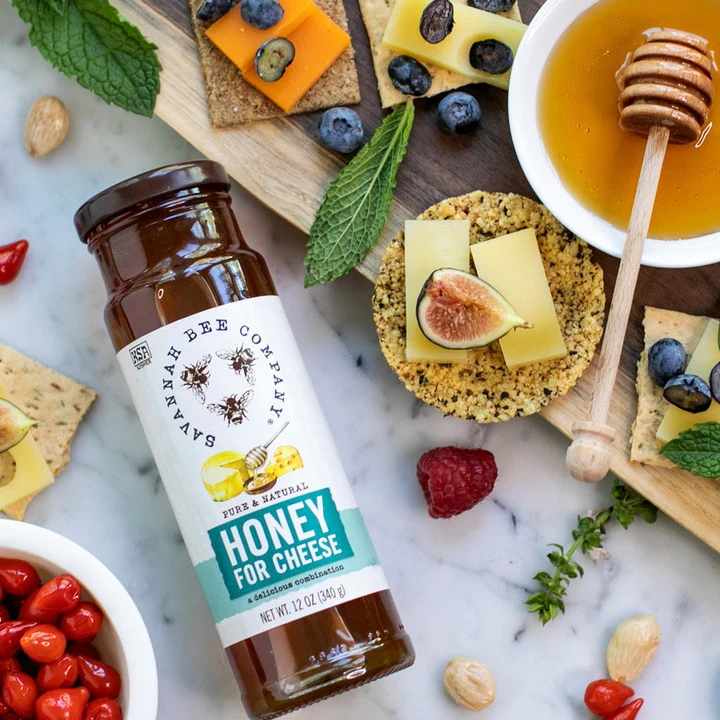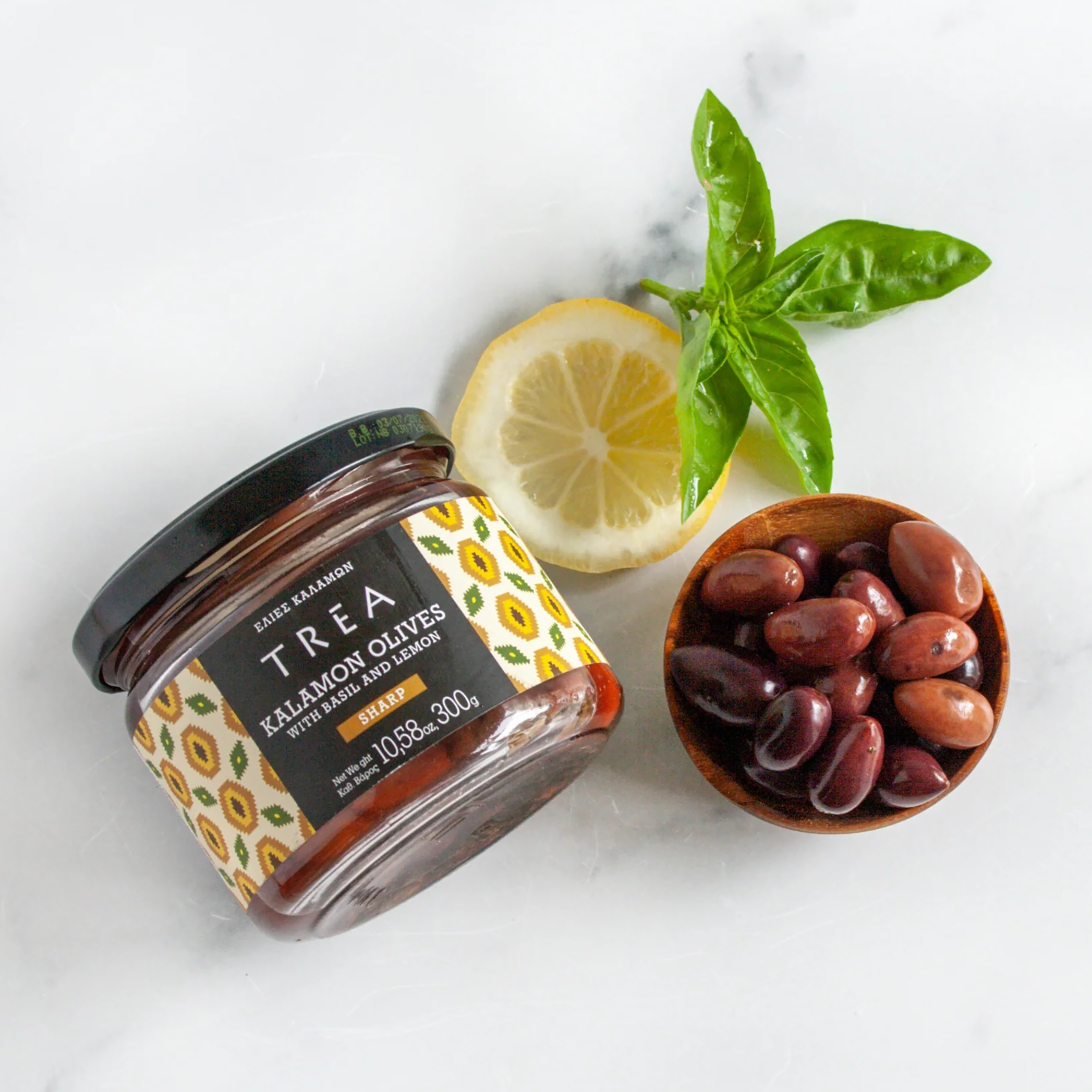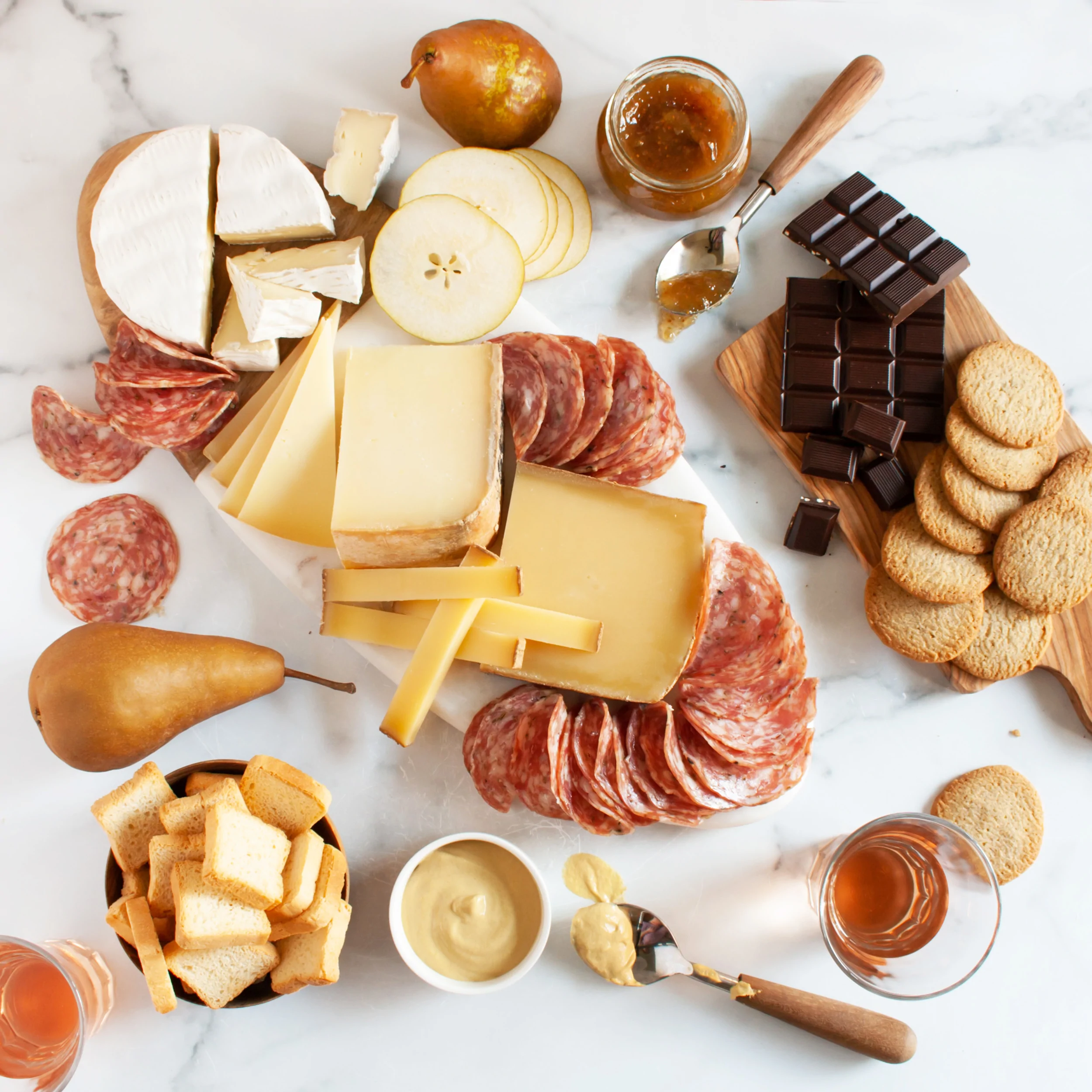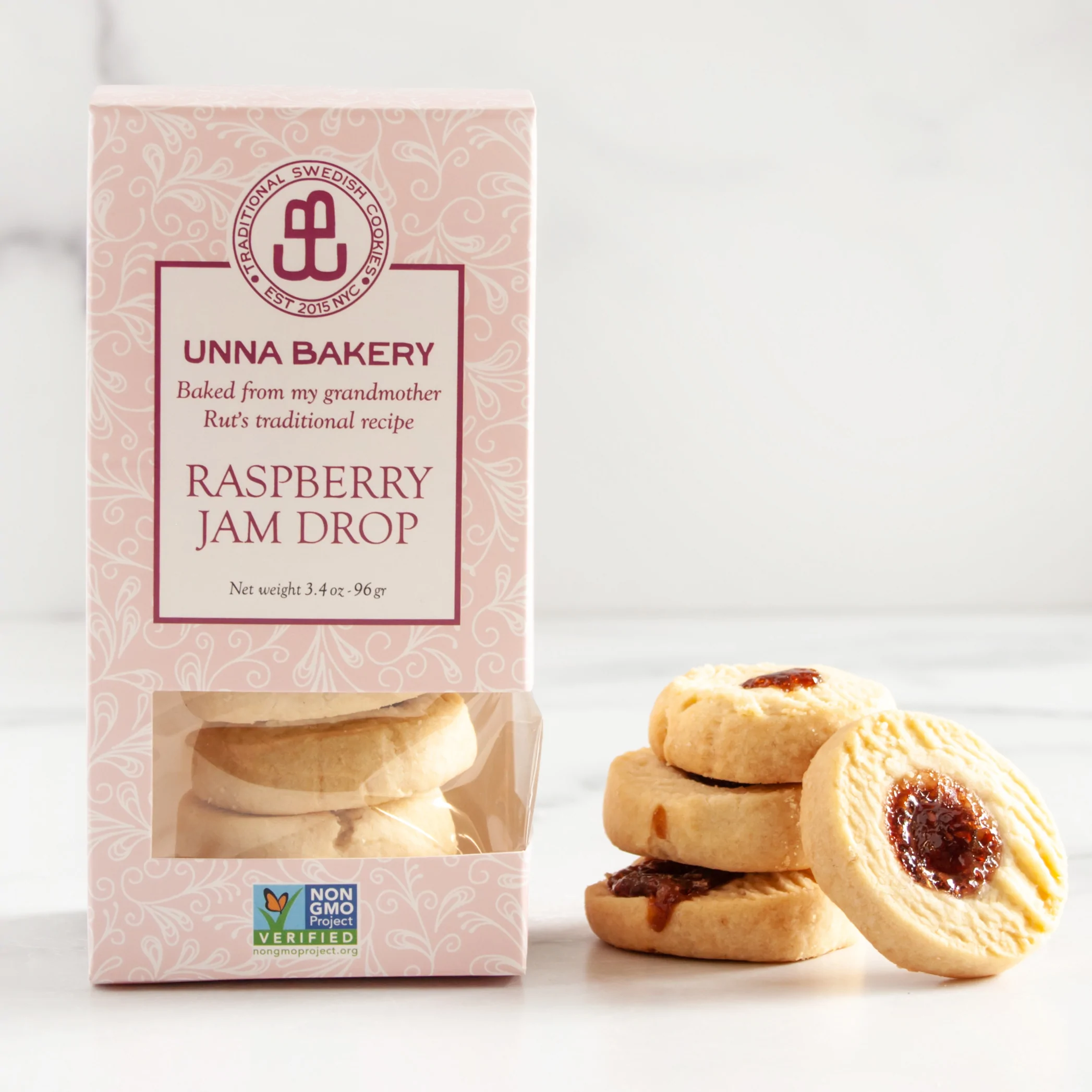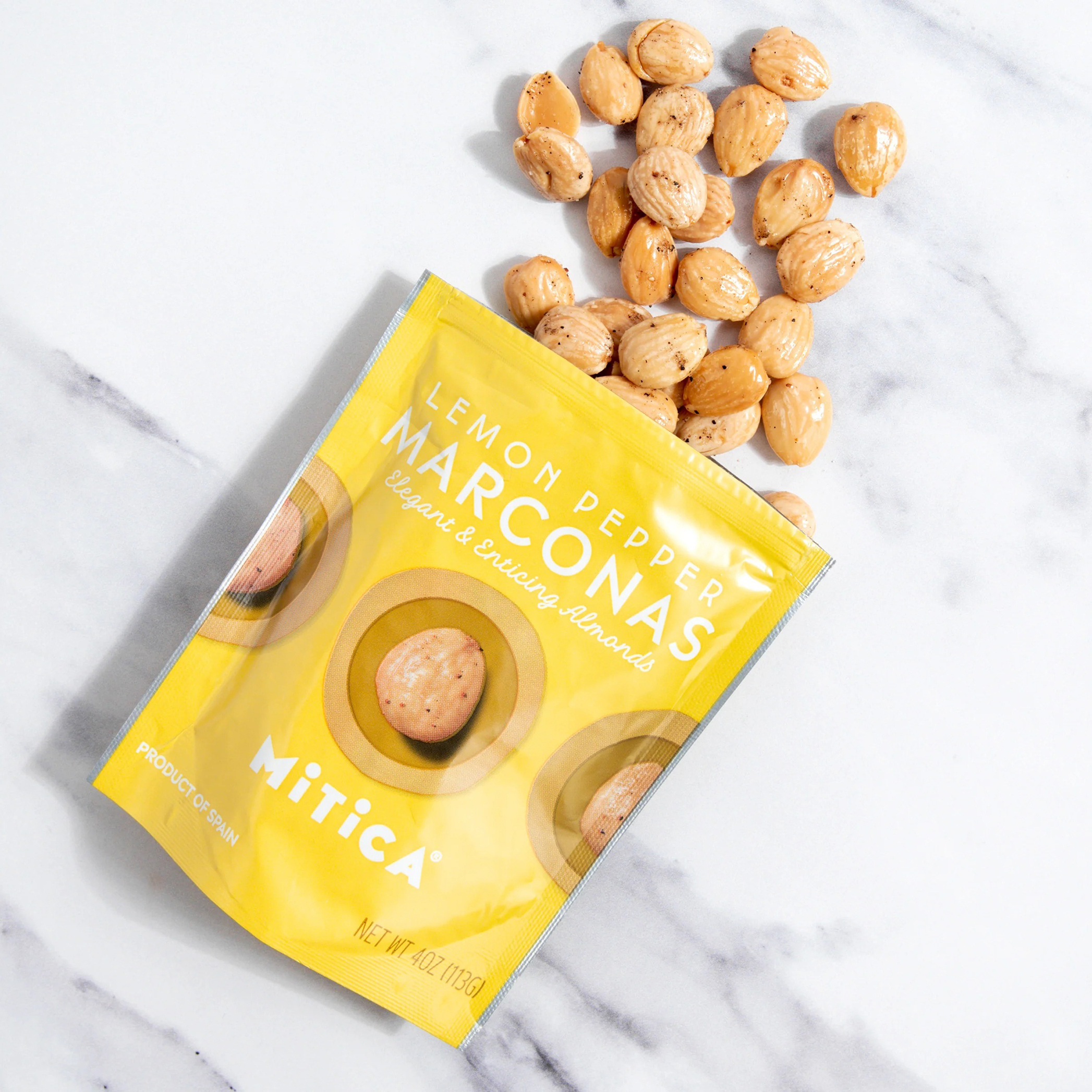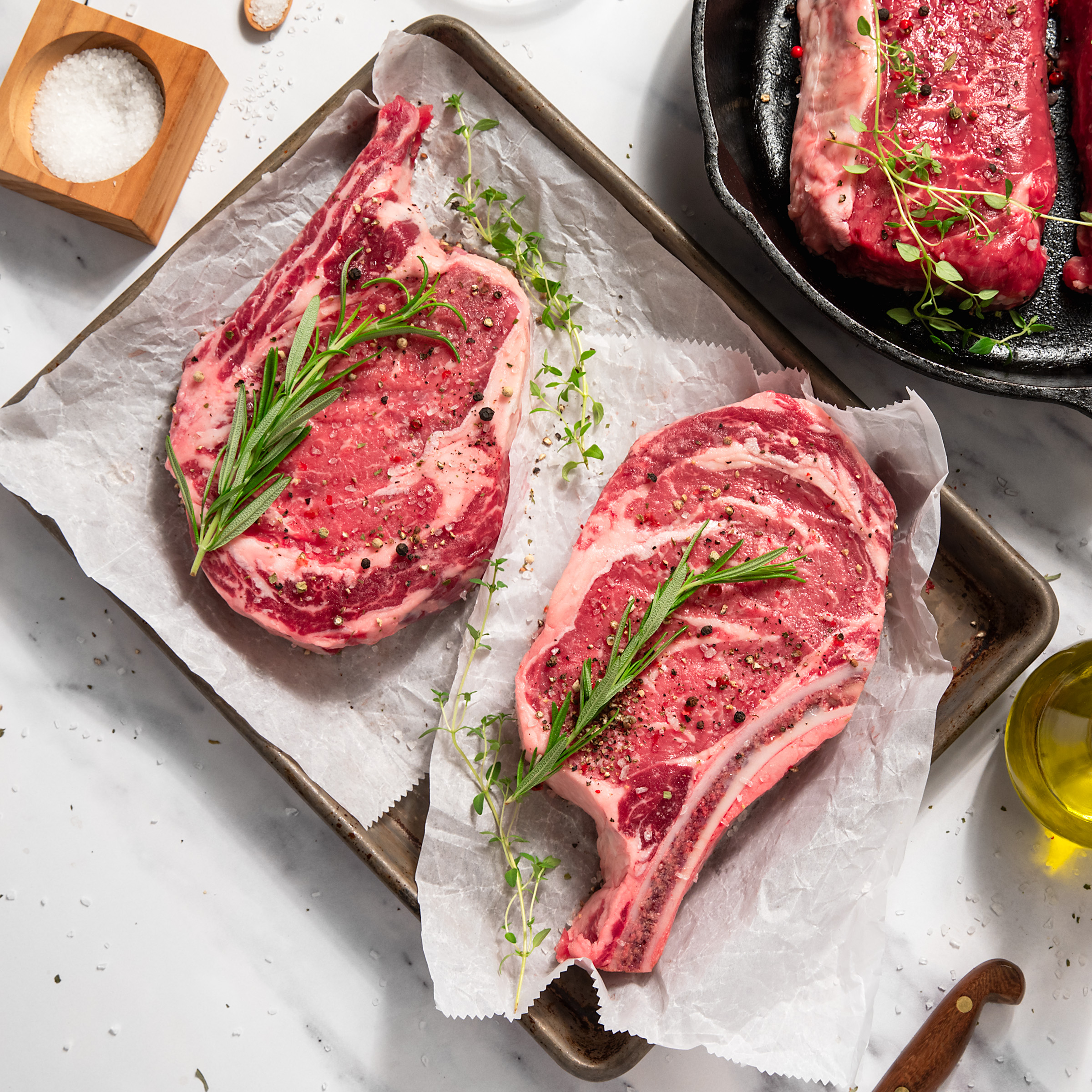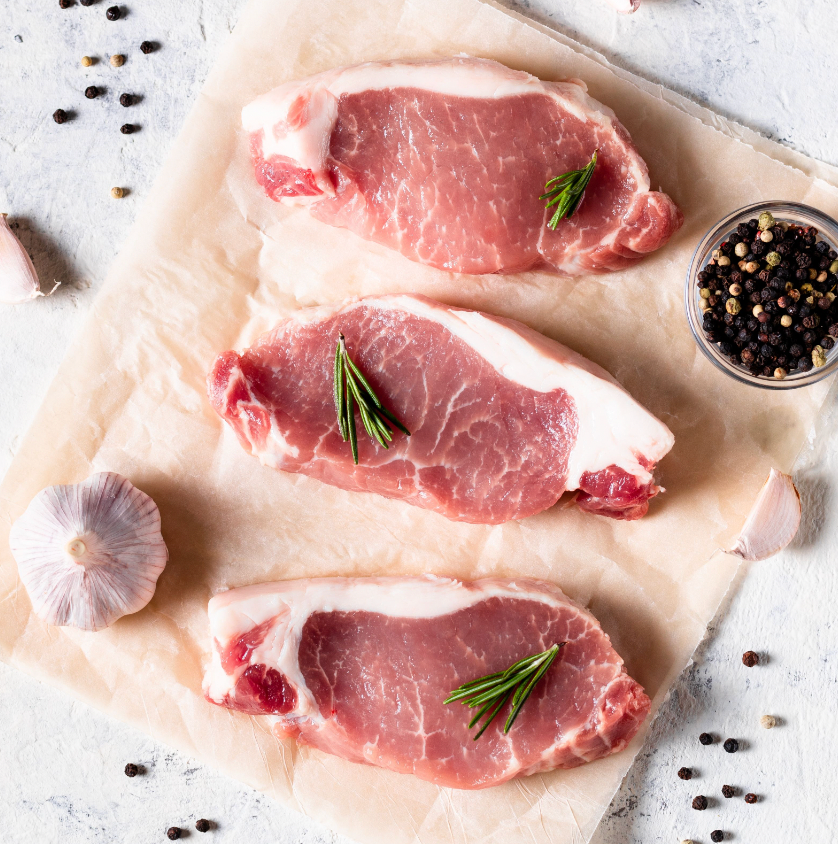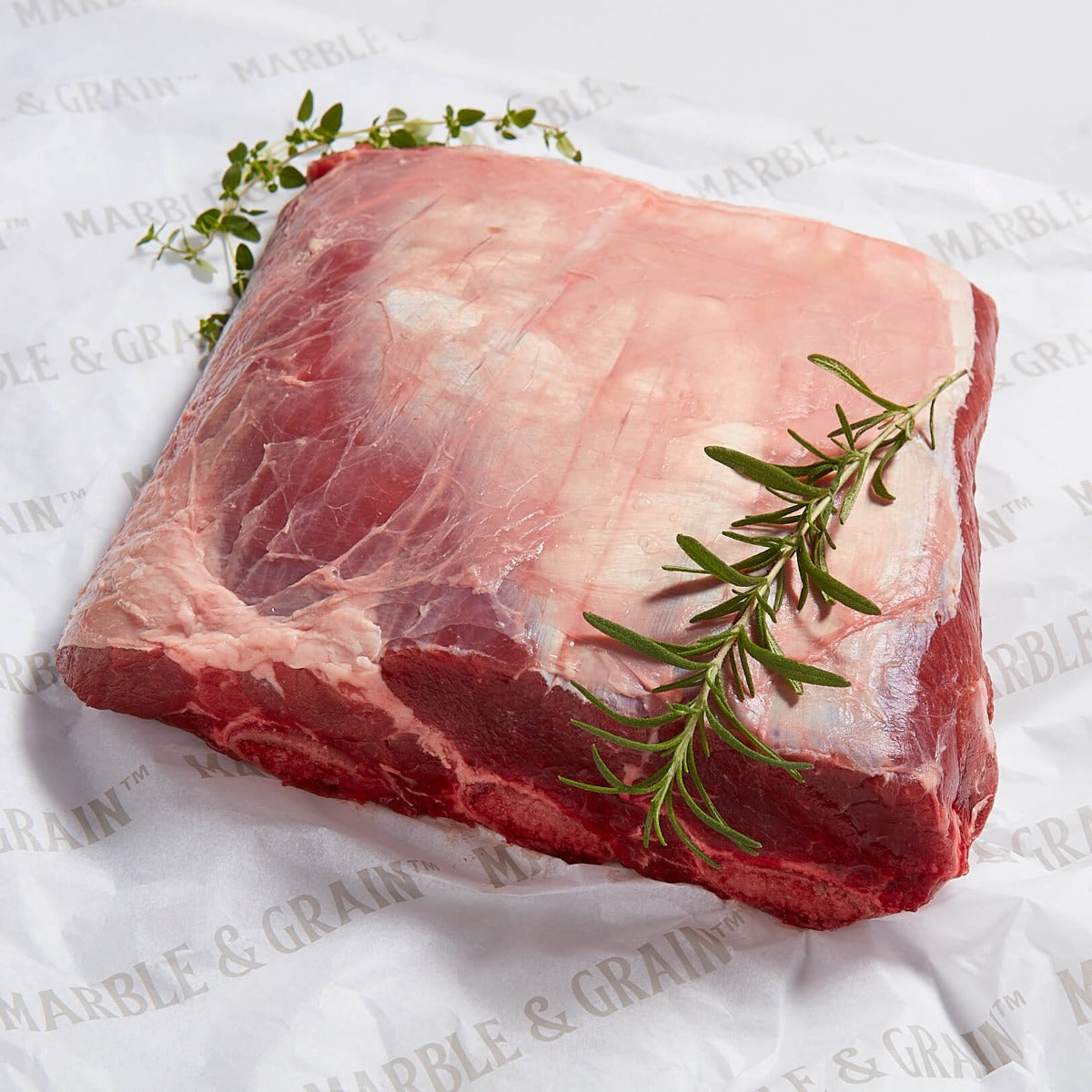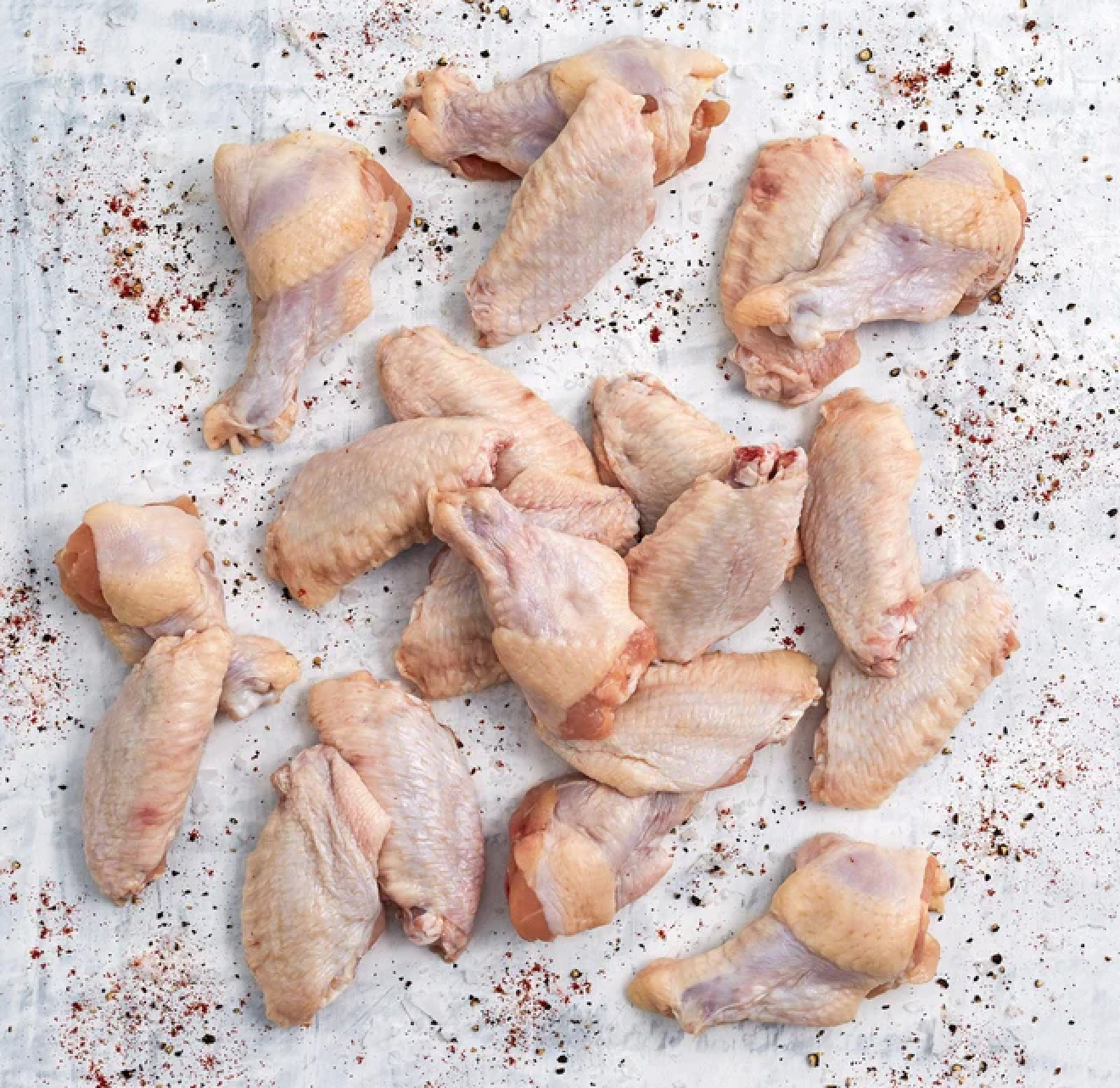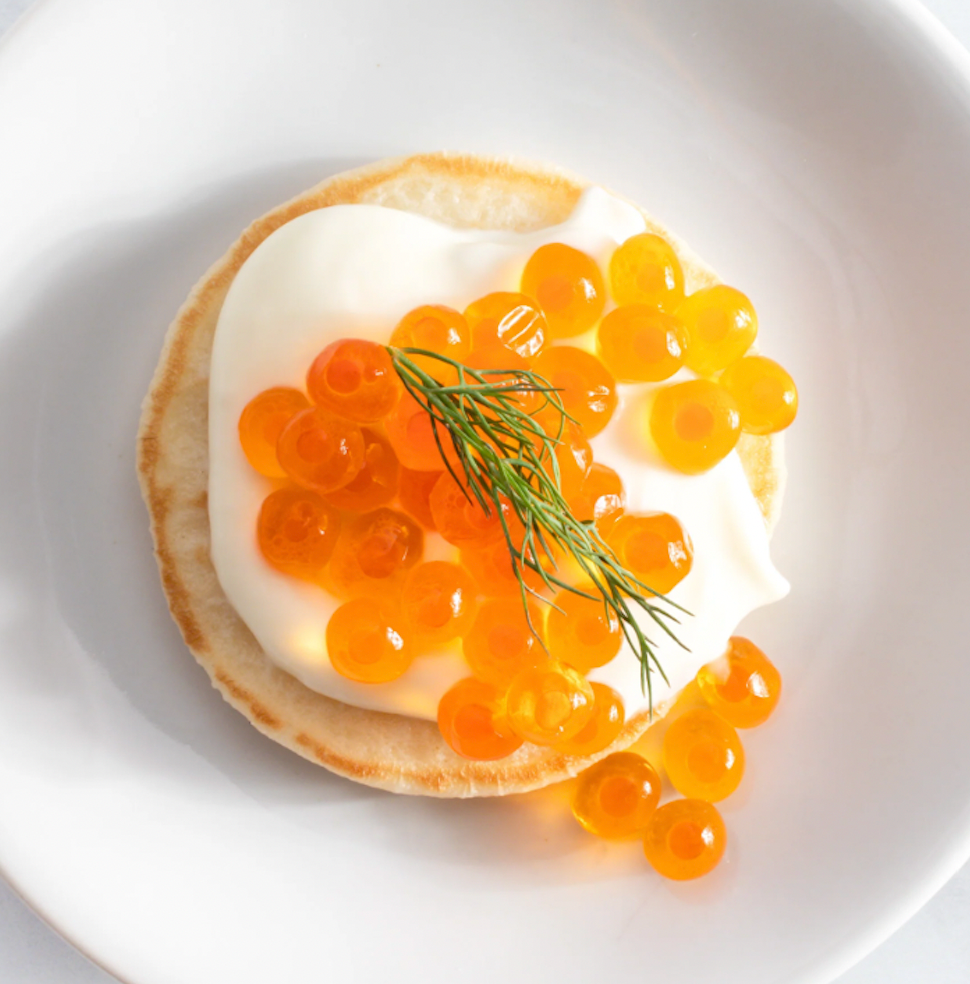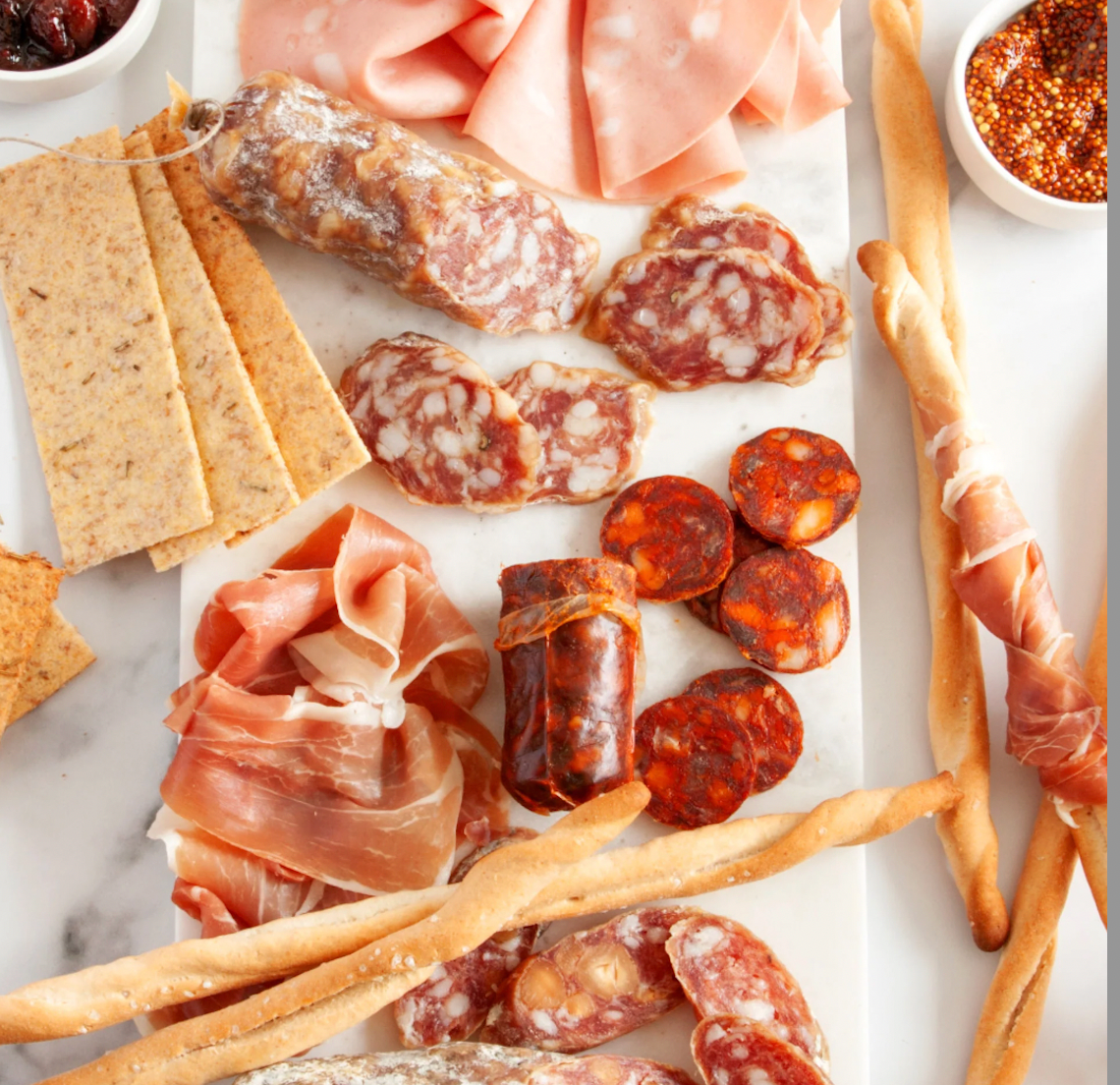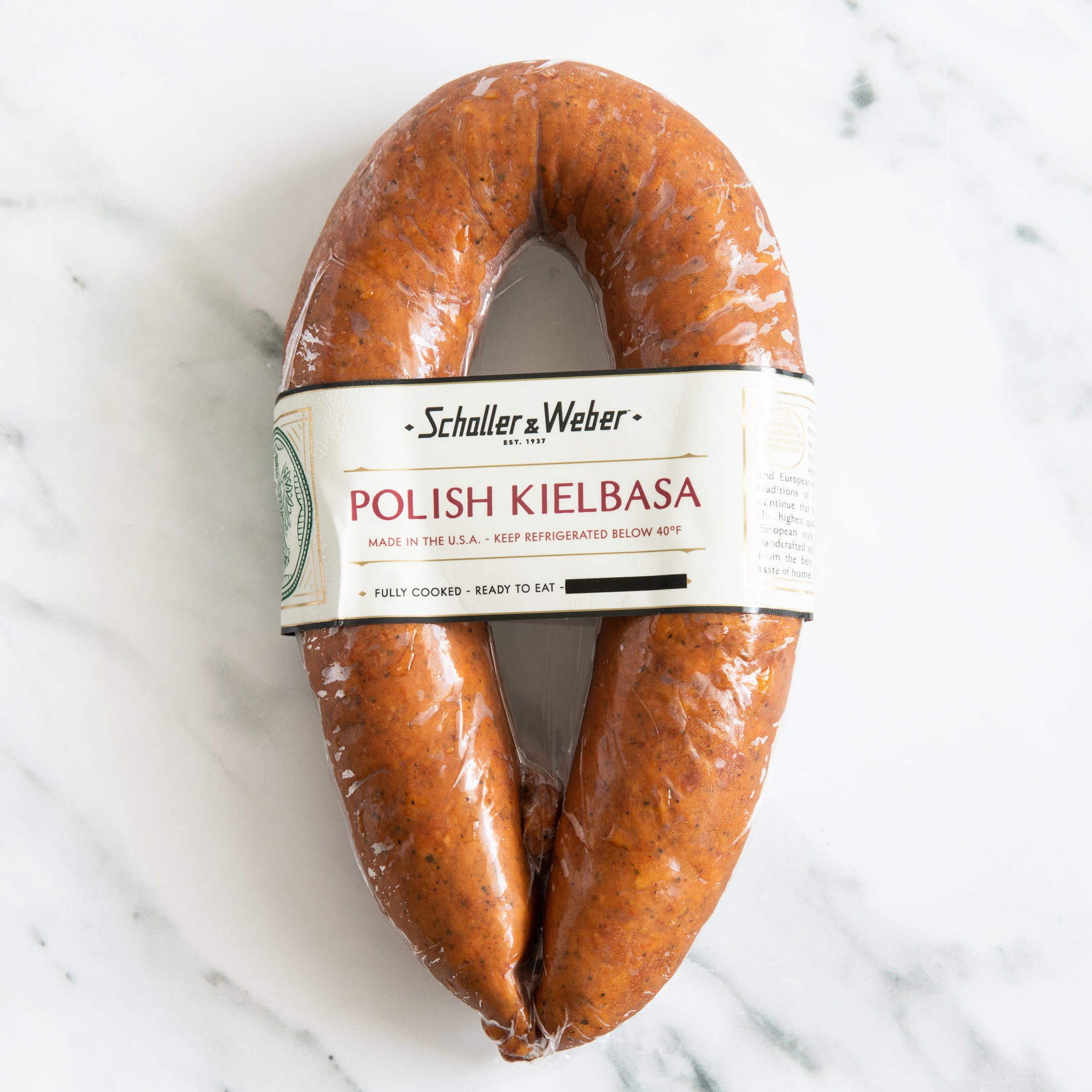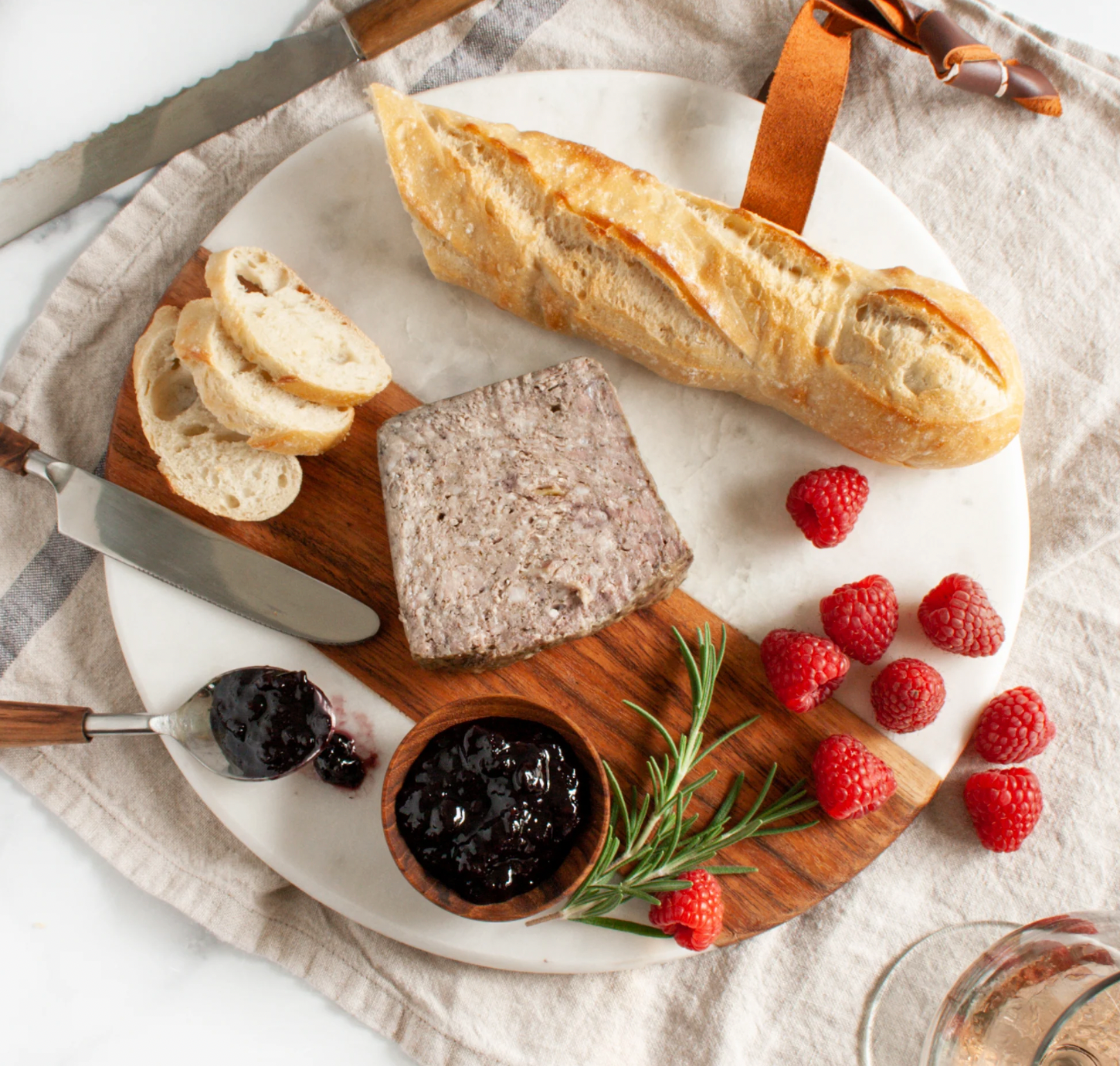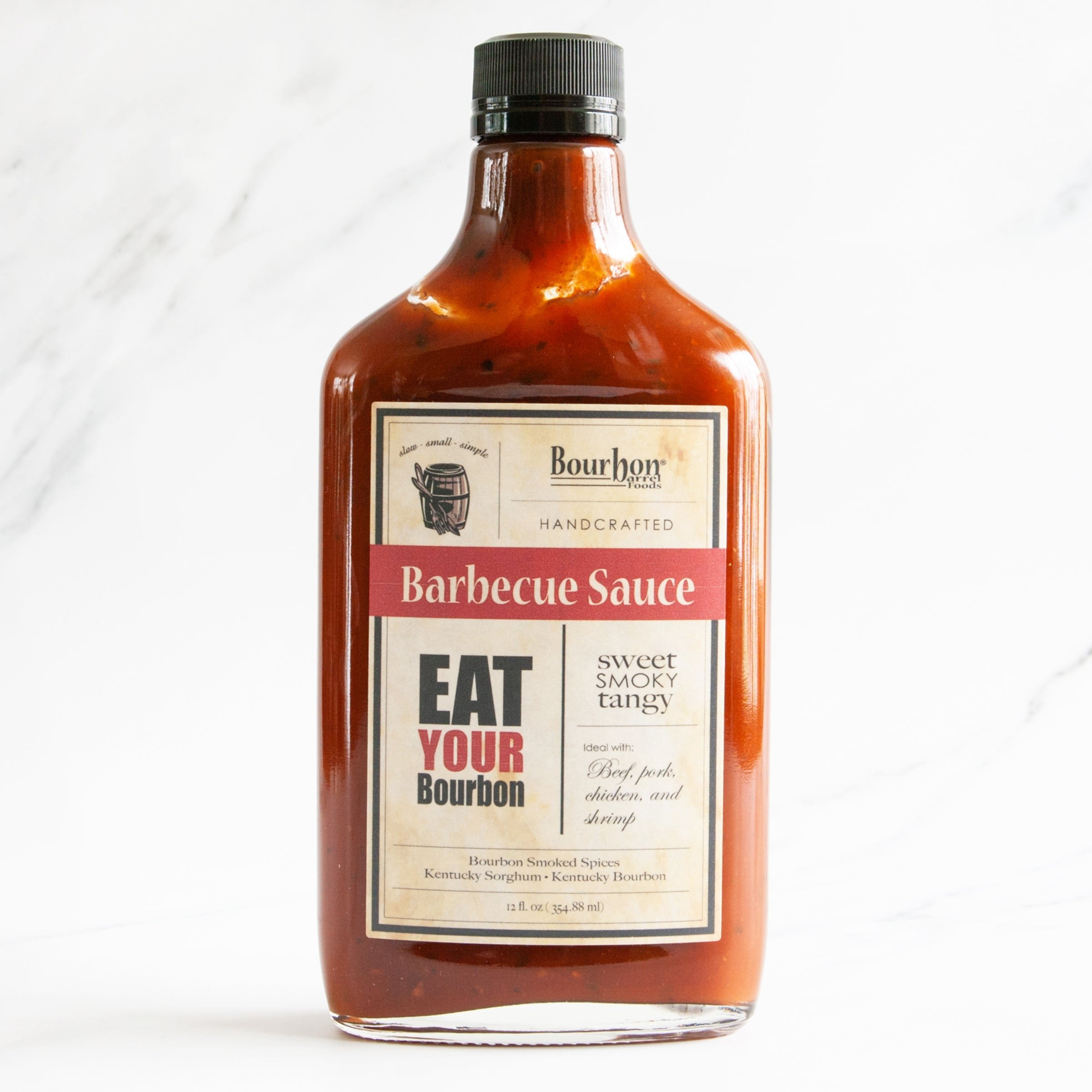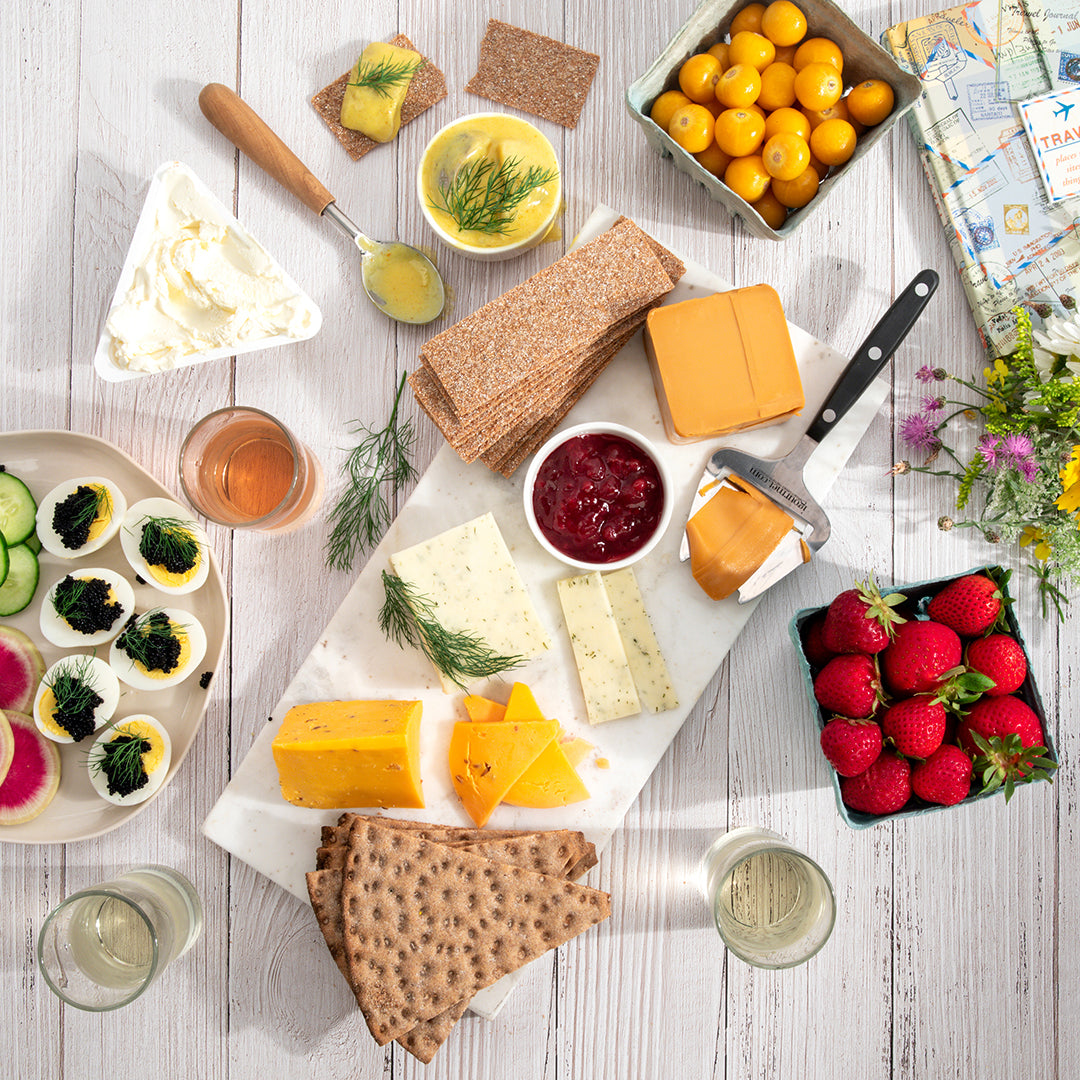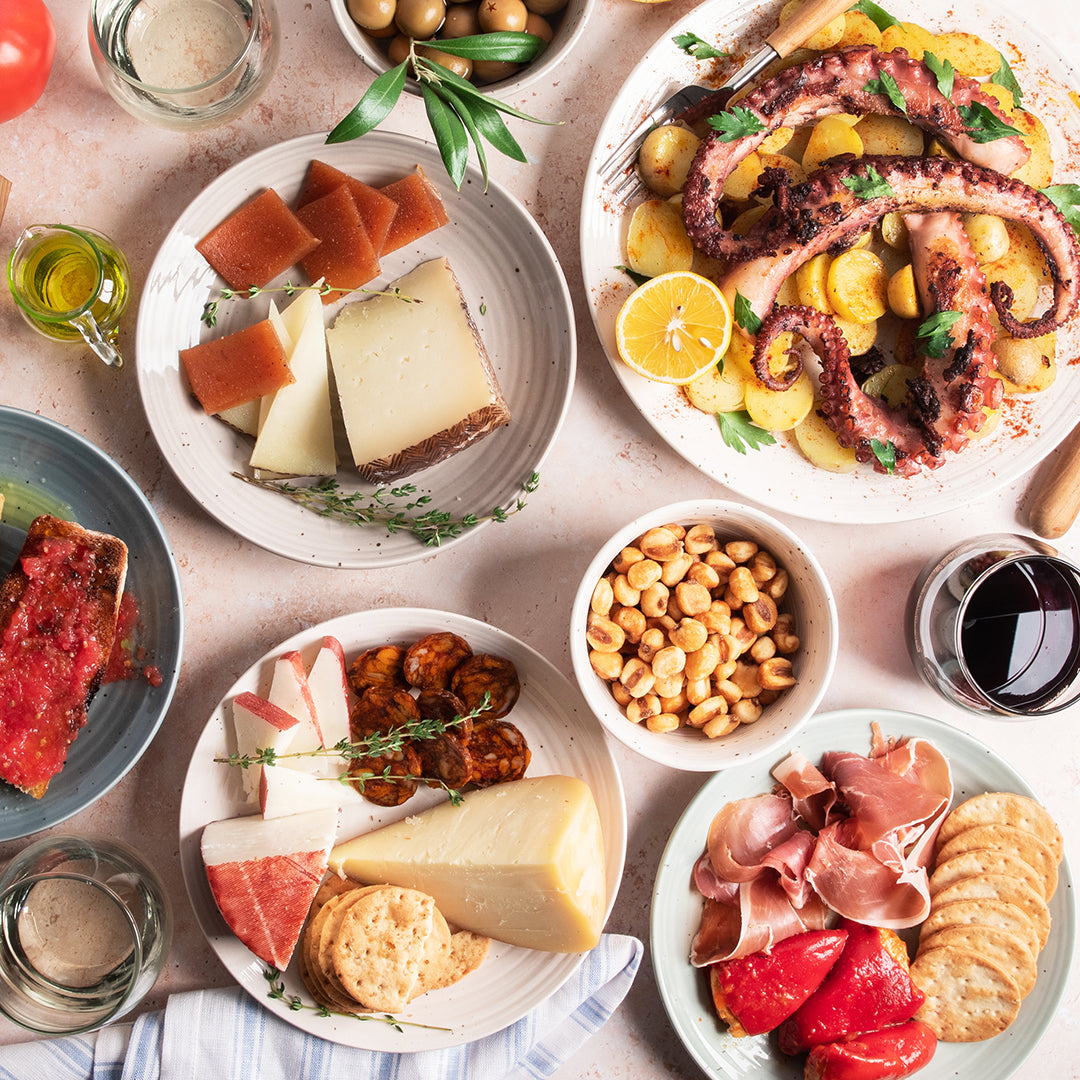Swedish Cuisine Guide
Dutch Cuisine Guide
June 12, 2019 | By Dave Mattingly
Previously limited to the aristocracy, by the 17th century, haute cuisine (the expertly prepared expensive foods of gourmet restaurants and high end hotels) became available to the wealthy, and included a wide variety of fruits, cheeses, meats, nuts and wine. After the Netherlands lost much of its wealth to the British in the Anglo-Dutch wars in the 17th and 18th centuries, a more frugal approach to food was taken. By the early 20th century, Dutch girls were sent to huishoudschool a type of housekeeping or domestic science school, with the aim at educating the poorer classes on how to create simple, inexpensive and nutritionally sound meals. The previously loved herbs and spices were now considered frivolous and many traditional Dutch recipes were abandoned. Indonesian influences appeared as former Dutch colonials emigrated to the Netherlands after Indonesia gained independence in 1949. The Indonesian dish Nasi Goreng (fried rice), later became a popular Dutch dish. Other dishes such as Babi Ketjap (an Indonesian stew made with pork, spices and soy sauce) and Satay (marinated grilled meat served with sauce) found their way into many Dutch kitchens. Indonesian and Dutch cooking fused in the dishes Bamischijf (breaded pockets of portable stir fry) and Patat Sate (fries with satay sauce). More recently influences from Turkish and Moroccan immigrants can be seen in the Netherlands through foods and dishes such as Fattoush, Taboulleh, couscous, Turkish Kebabs and pita bread.
A utilitarian approach to Dutch cooking has continued today, as many Dutch meals today incorporated inexpensive, simple and healthy ingredients. Today Dutch cuisine may be divided into Northeastern, Western and Southern regional cuisines: Northeastern Dutch cuisine includes game, fish, dried sausages, including traditional smoked sausages such as rookworst. Pastries and cookies that are hard in texture and heavily spiced are also common. In the Western Netherlands, dairy products reign supreme, as the cheeses Gouda, Edam, Leyden, Beemster, and Leerdammer all originate here. Mayonnaise and mustard from North Holland and butter from South Holland join seafood as being widely available in this Western region. Pastries in the West are doughy and sugary, while most cookies can be found with a filling of some kind, traditionally almond. In the South, soups, stews and vegetable dishes are popular. Southern Netherlands is the only region of the country that offers haute cuisine and is reflected in the main dishes of restaurants, including premium cuts of pork or beef served with sauces and traditional double fried Dutch potatoes.
Dutch Bread
From whole wheat breads to sweet filled breads, the Dutch are very fond of their many varieties of breads. Until the potato was introduced to the Netherlands, traditional meals of bread and herring were staple foods in the Dutch diet. Some popular bread are Paasbrood, prepared for the Easter holiday, which is a raisin or current bread with almond paste in the center and Volkorenbrood, made from whole wheat, olive oil, salt, yeast and whole wheat flour. Tigerbrood, or "Dutch Crunch" originated in the Netherlands in the early 1970s, is named for the tiger print baked onto the bread, achieved by painting a rice paste onto the surface of the bread prior to baking, which then cracks once cooked. Kerststol is a Dutch Christmas bread made bread dough plus sugar, dried fruit, raisins, currants and lemon zest.
Dutch Main Dishes
Stampot is a stew made from mashed potatoes and a variety of vegetables such as carrot, kale, spinach, onion or endive and commonly served with bacon or sausage. Hutspot is made with mashed potatoes, carrots and onions with meat such as rookworst (smoked sausage) or bacon. Legend has it that Hutspot was left behind by Spanish invaders in the town of Leiden in 1574. Before potatoes were introduced, Hutspot was made from parsnips, carrots and onions. One of the oldest and most popular Dutch dishes dating back to 1661 is Boerenkoolstamppot, made from kale and potatoes, and served with gravy, mustard and rookworst (smoked sausage). Zuurkoolstamppot is made from sauerkraut mashed with potatoes, and is served with fried bacon or sausage. The Dutch are also known for their thick pea soap, called Erwtensoep, or Snert. Snert has a very thick consistency and may be made with rookworst sausage. Many consider a pea soup good if a spoon can stand upright in the bowl of soup. Meat from the soup may be spread on rye bread and topped with mustard. Mussels served with Patat are also popular. Patat are thick French fries topped with mayonnaise and or with the combination of mayonnaise, curry, ketchup and chopped onions (Patat Speciaal) or with mayonnaise and saté-sauce (patatje oorlog). A traditional Dutch delicacy is Haring, or raw herring with onions. Other seafood such as shrimp, oysters, lobster, and eel are popular in cities such as Amsterdam and Rotterdam. Kibbeling, small chunks of battered white fish, has become a national Dutch dish.
Dutch Desserts
There is no shortage of interesting desserts in the Netherlands, many of which have found their way (although in slightly different forms) to America. First made in Gouda, Netherlands in 1784, a Stroopwafel (Stroop Waffle) is a cookie made from two thin layers of waffle wafers, with a caramel filling in the middle. Pannenkoeken (pancakes) are eaten with all kinds of filling including syrup, cheese or fruit. Poffertjes (mini pancakes) are served war with powdered sugar sprinkled on top. Vla is a thick sweet pudding available in such flavors as vanilla, strawberry or chocolate and similar to English custard. Drops are licorice available in many forms and flavors ranging from sweet to salty. Vlaai is a yeast dough pie filled with fruit such as apple, apricot, pineapple, plum or berries.
Oliebollen, or Dutch doughnuts, are yeast dough balls, deep fried and prepared plain or filled with berries or raisins and topped with powdered sugar. Oliebollen are a traditional on New Year's Eve dessert. The Dutch introduced Oliebollen, and the similar Apple Fritter to America, where they evolved into doughnuts. The Dutch have been making apple pie for centuries. Mention is made in a cookbook as early as 1514. Dutch Apple Pie is made from apples, sultanas (pale green grapes), cinnamon and cloves in a sweet and crisp crust that is garnished with a criss-cross lattice crust on top. Coffee and tea are popular drinks throughout the day in the Netherlands, often served with a single biscuit. Originating in 1753 in North Holland, Douwe Egberts coffee company grew quickly, and by 1960 had accounted for more than half of Dutch coffee exports. Today, Douwe Egberts continues to select, blend, roast and grind only the finest coffee beans, creating unique and distinct coffee blends.
Dutch Cheese
The Dutch are known for their high production and consumption of dairy products, as the Netherlands is the world's largest exporter of dairy products. The Netherlands is located in a region whose climate is favorable for dairy farming and whose rich soil supports their large dairy export industry. Known as the "Land of Cheese", especially in cities like Edam and Gouda, the Netherlands has raised cattle since pre-historic times. The Dutch are famous for their cheeses (mostly semi-hard or hard cheeses) and cheese markets, as the Dutch have been making cheese since 400AD. Cheese has been traded on the Gouda Cheese Market for over four hundred years. Originating in 1669, the "Waag" (Weigh House) was where cheese would be weighed prior to being sold. Cheese markets at Gouda and Woerden are the only two still operating commercially today. There is even a cheese museum in Alkmaar, Netherlands. Guided tours, cheese tasting and exhibitions are on display which provides education for the public on the history of cheese in the Netherlands.
The most famous Dutch cheese is Gouda, also one of the most popular cheeses in the world. Named after the town of the same name, Gouda is a semi-soft cow's milk cheese made from 48% buttermilk fat. Gouda is available in a variety of ages, anywhere from 3 months to over 5 years! Intensely flavored and made from raw milk, Boerenkaas is Gouda aged for over 18 months. Based on their Gouda recipe, the Dutch have recently created a blue cheese, Delft Blue, whose blue veins are reminiscent of tin glazed earthenware known as Delftware. Second only to Gouda in exports, Edam is known for its distinctive spherical shape with flattened ends. Also named after the town of the same name, Edam is made from part-skimmed cow's milk and is a favorite all-purpose cheese thanks to its mild and lightly salty flavor. Maasdam is the Dutch's version of Swiss cheese, is known under brand names such as Leerdammer and Mondrian. Mild and tangy, Goat Gouda is a relatively modern cheese, that is not too tart or chalky. Nagelkaas, or Friesian Clove Cheese, is an often hard to find Dutch specialty cheese that is a firm textured spicy cheese made from skim milk. Mixing herbs or spices in the early stages of cheese production is a Dutch tradition and is found in cheese made with cloves (Nagelkaas cheese) and cumin seeds (Leyden cheese).
Start Shopping
Please visit our online store and go shopping at the number one imported food delivery service in the USA. Our gourmet Dutch food selection (not to be confused with Pennsylvania Dutch) includes cheeses such as Gouda and Edam, desserts, Stroop Wafels, licorice, mustard, Douwe Egberts Coffee, Pickwick Tea and many others.

